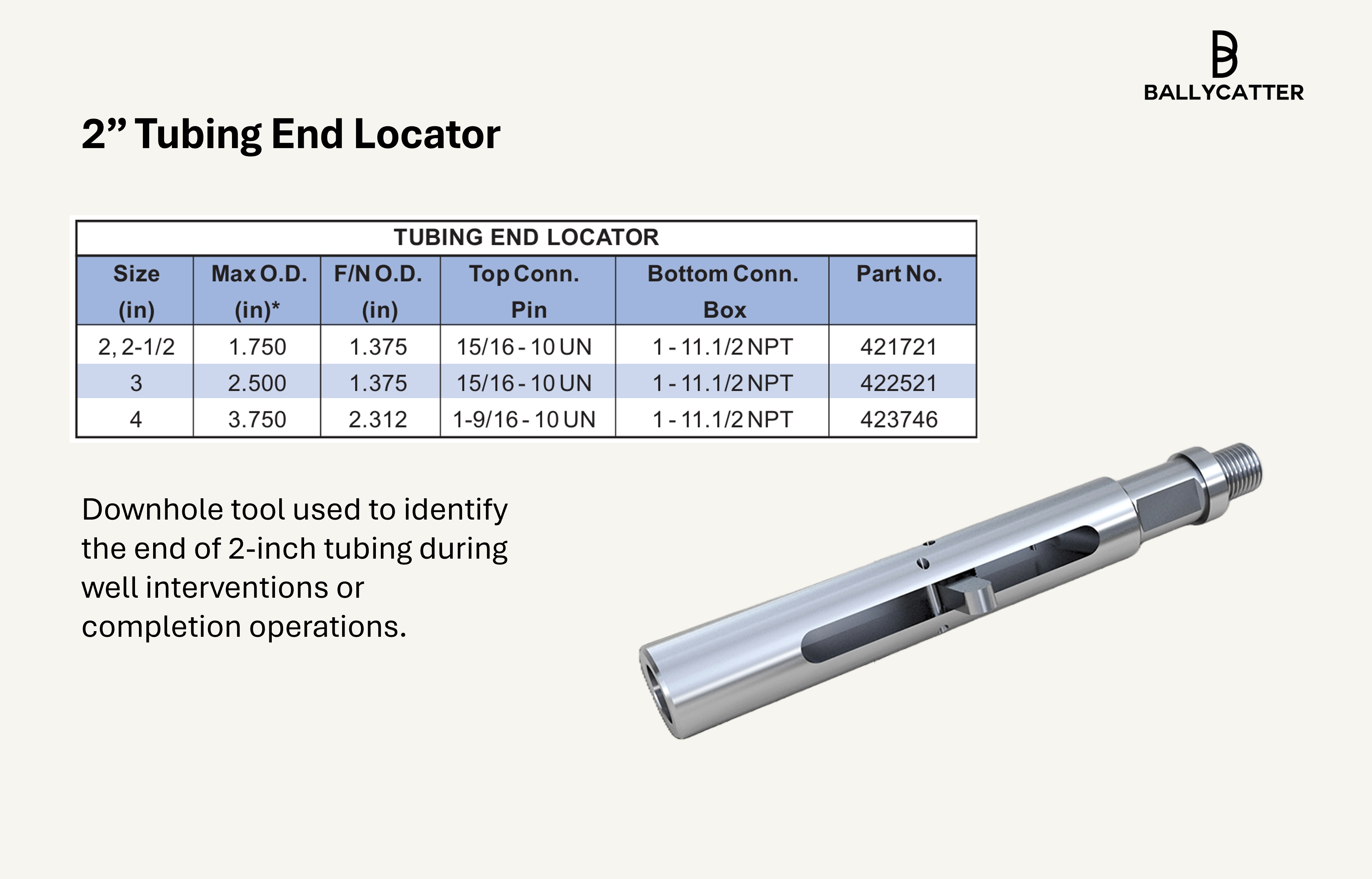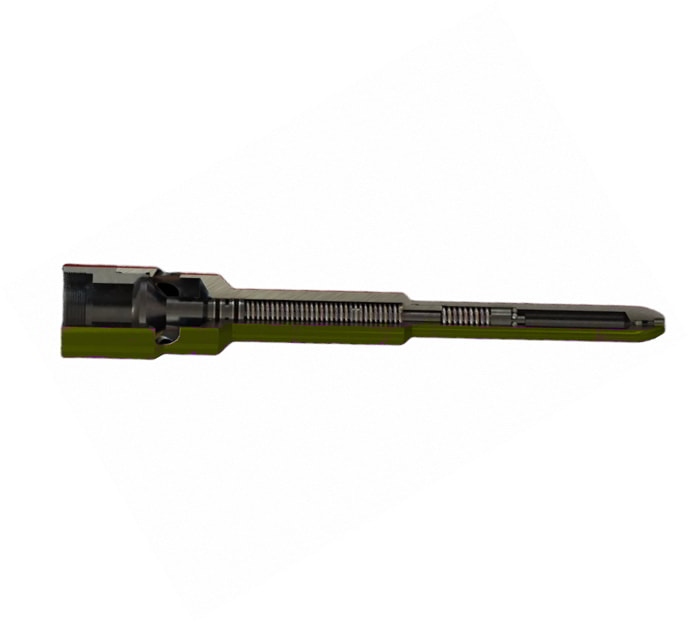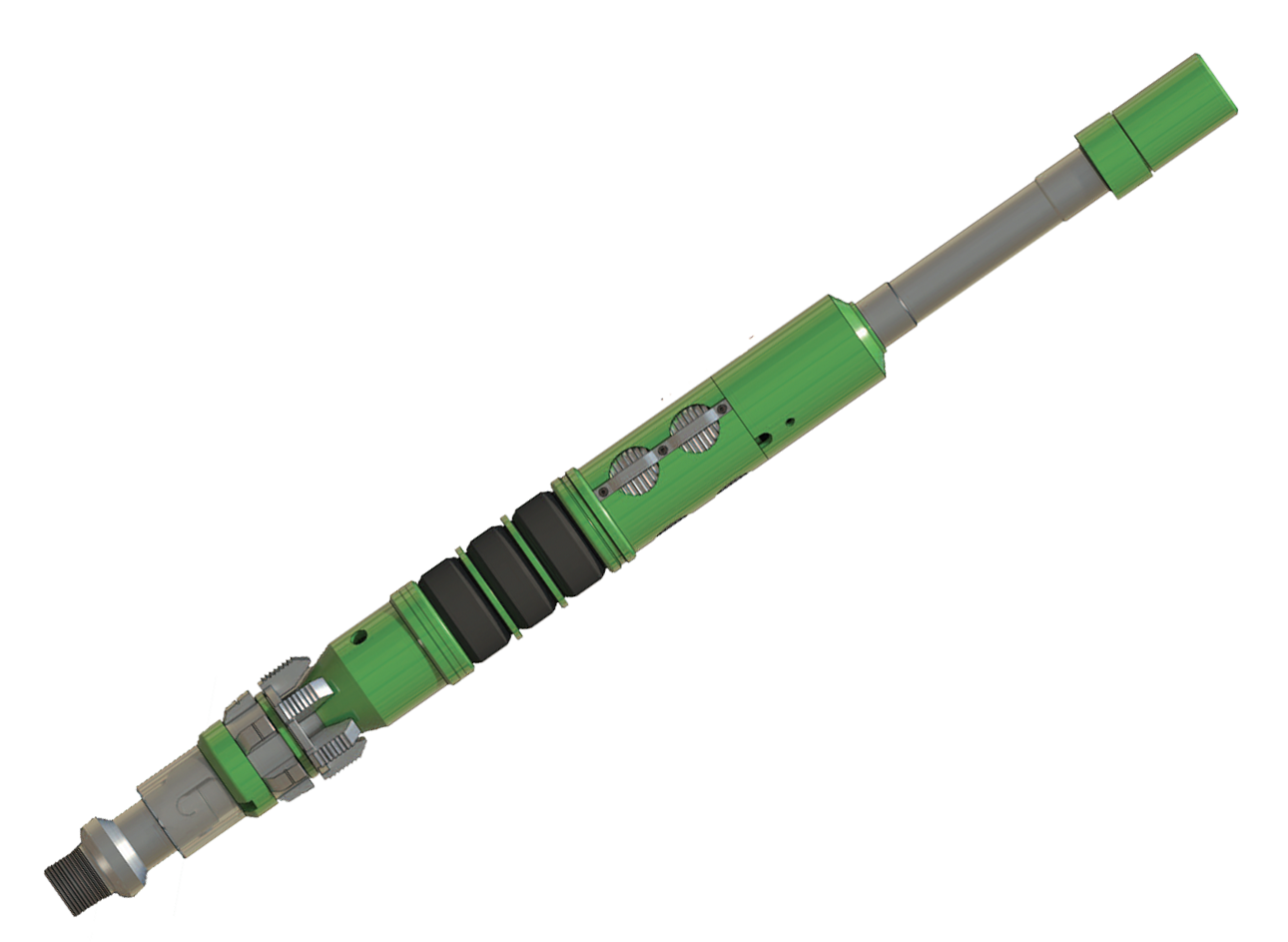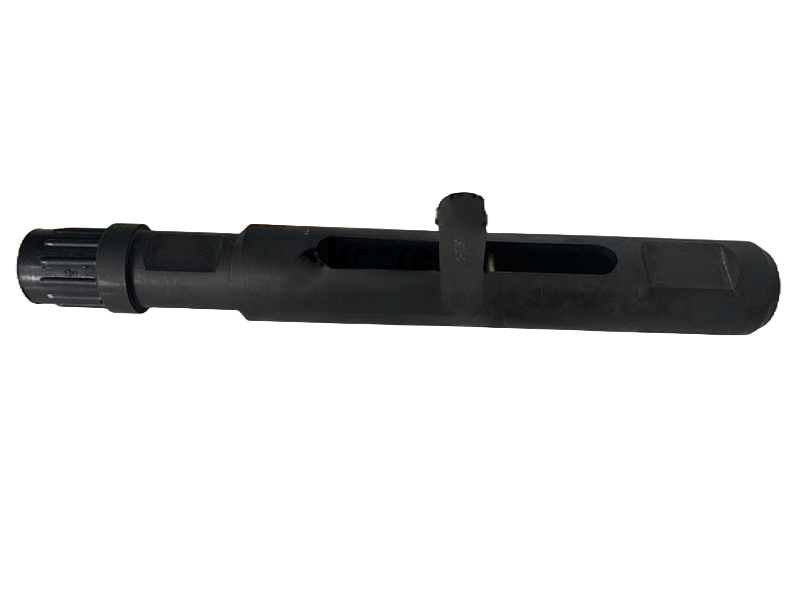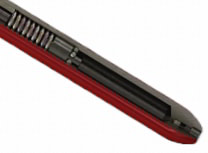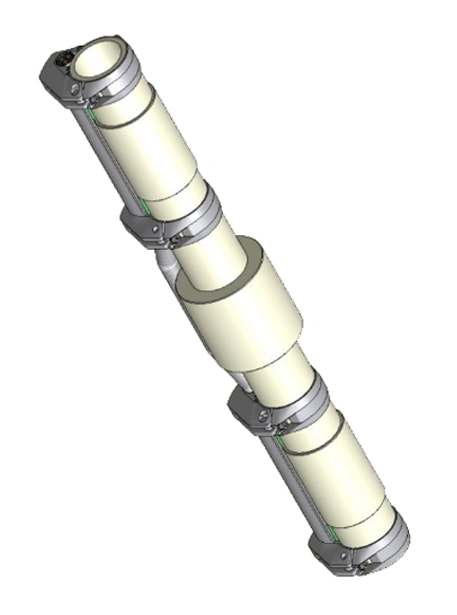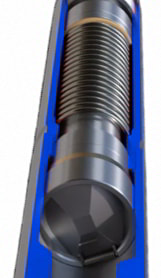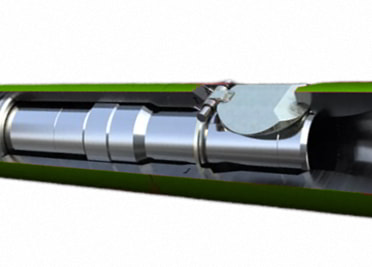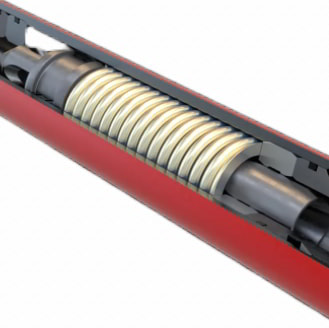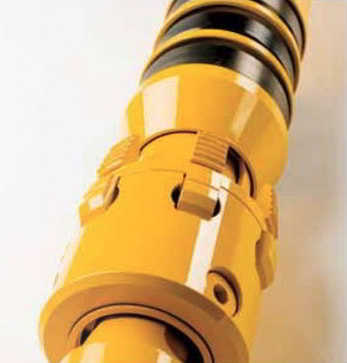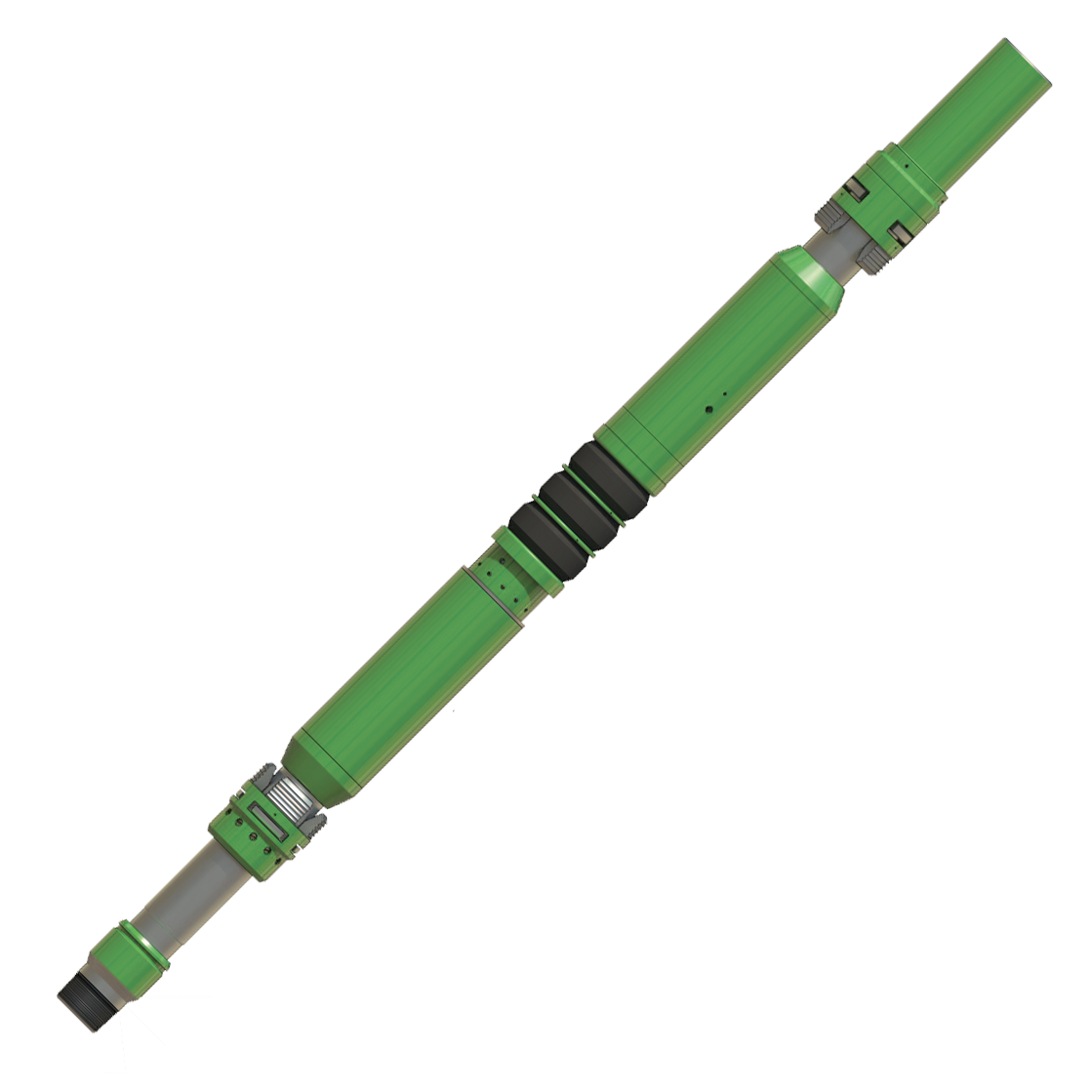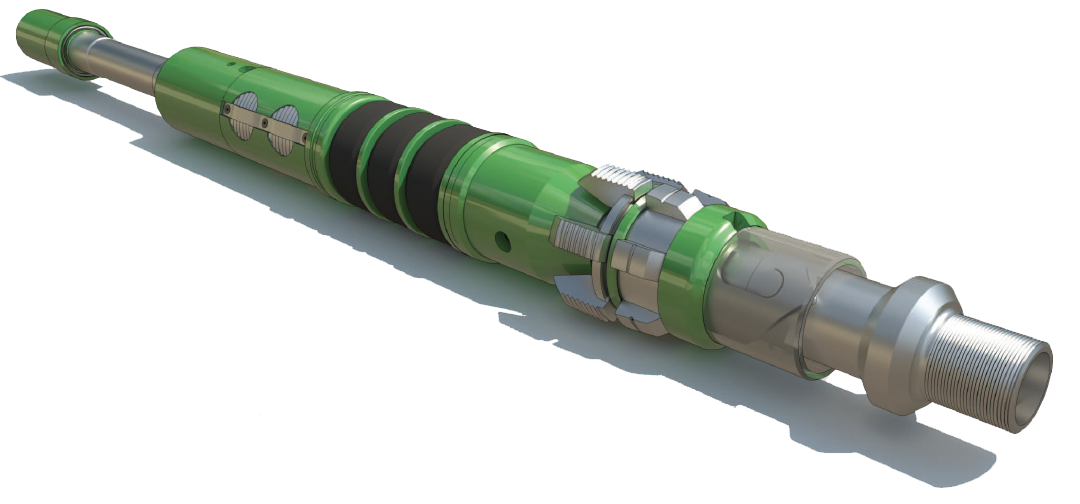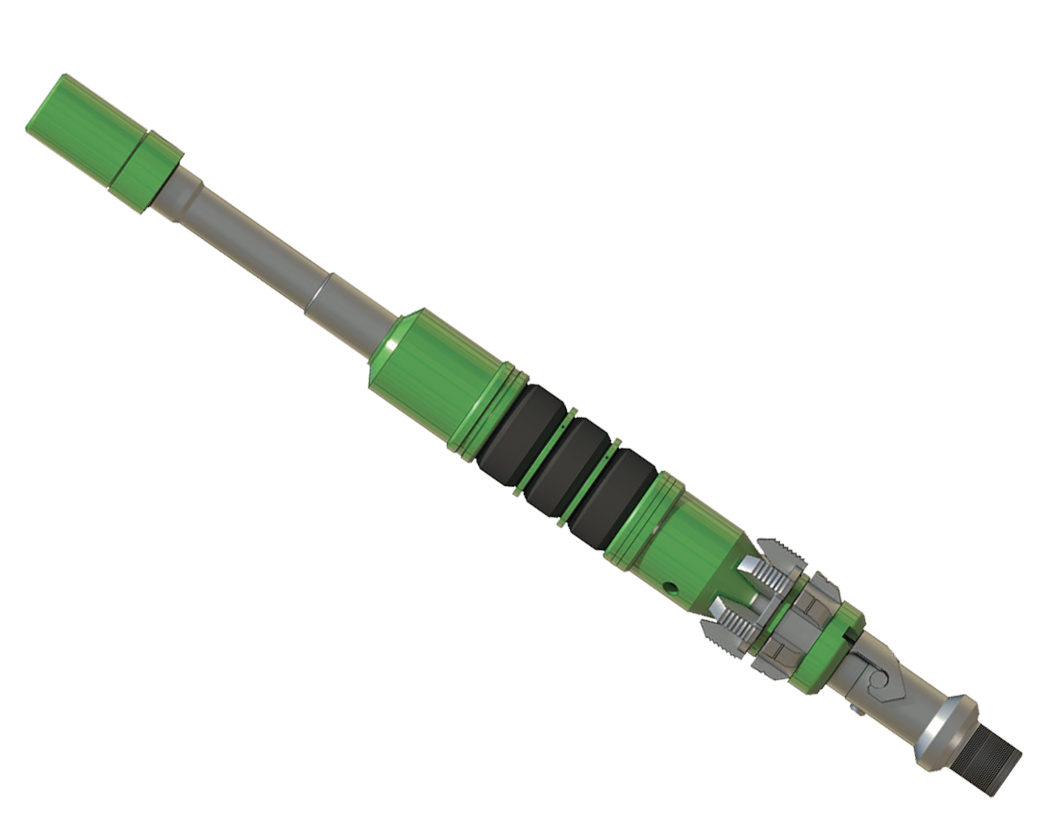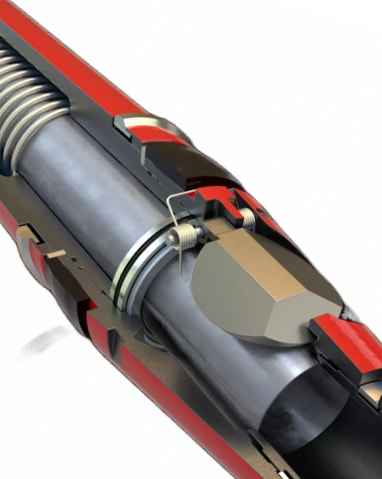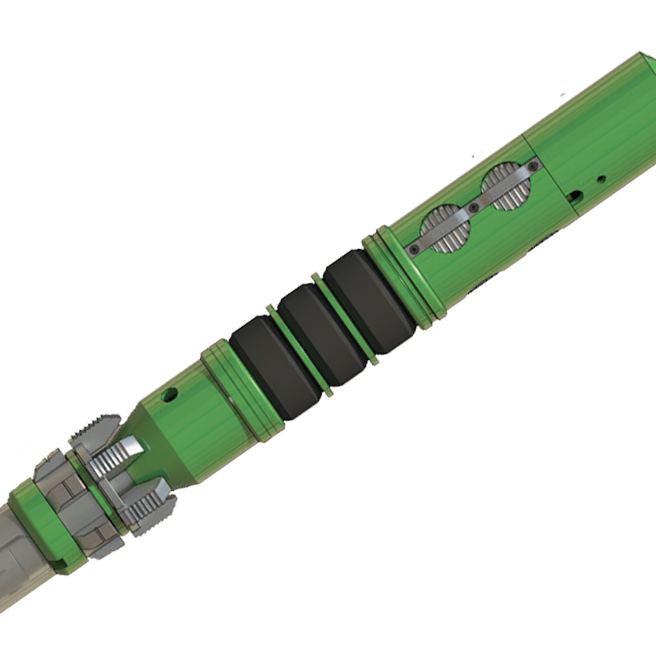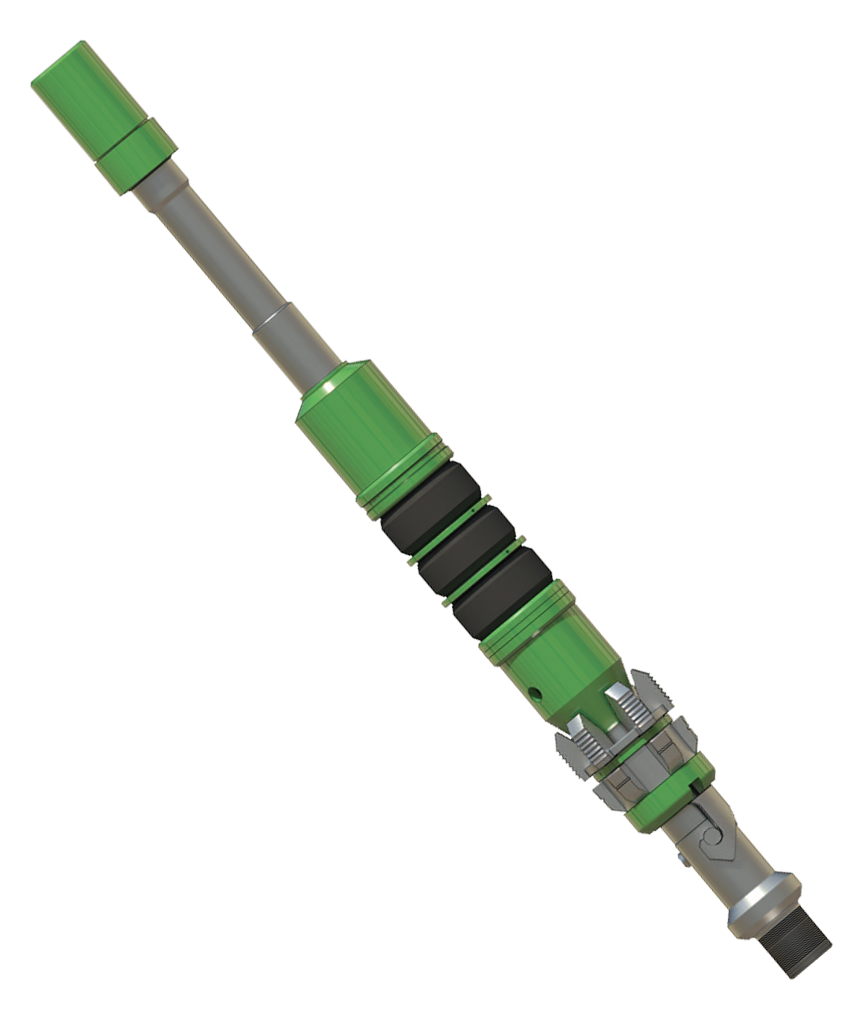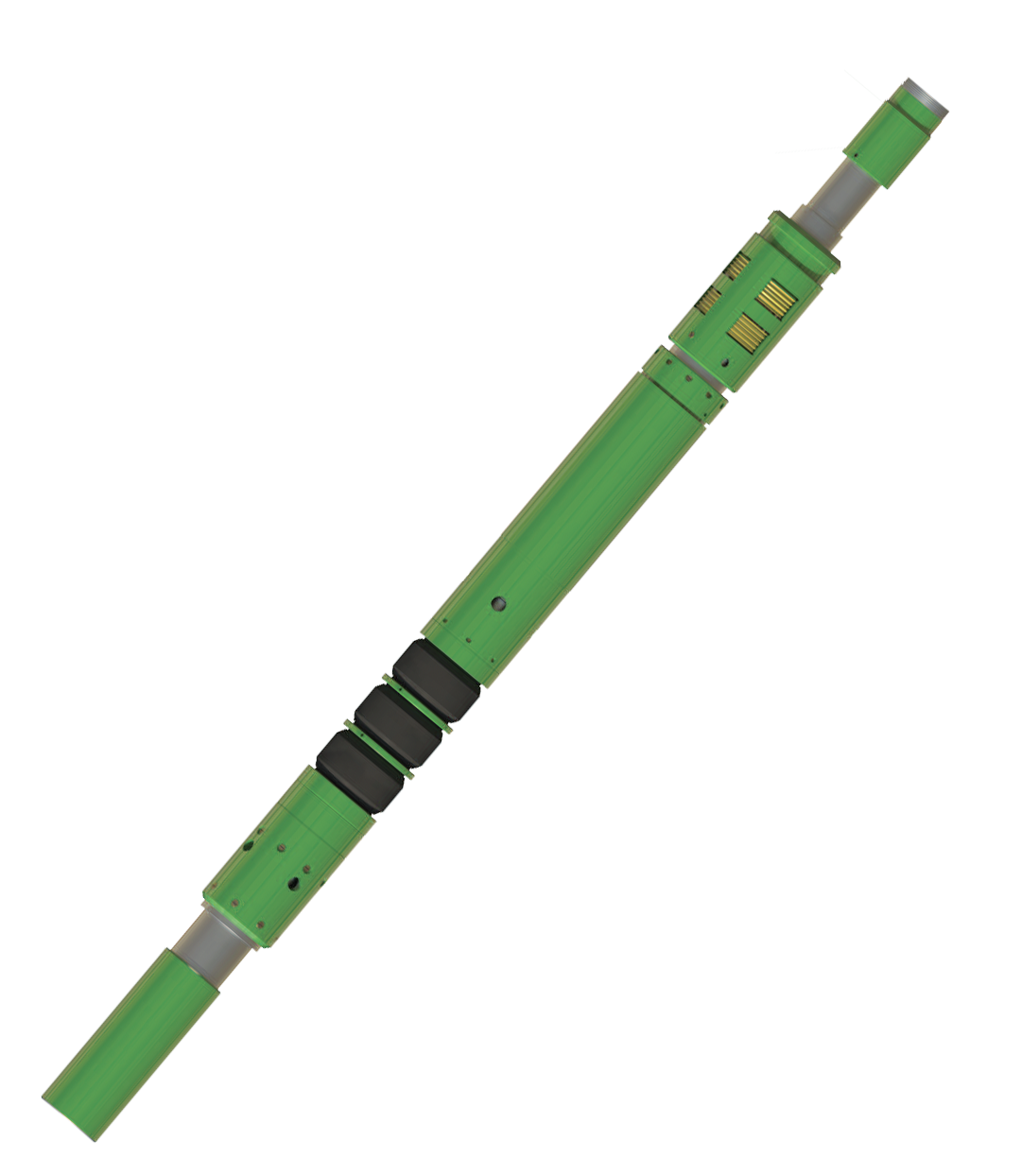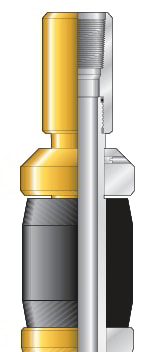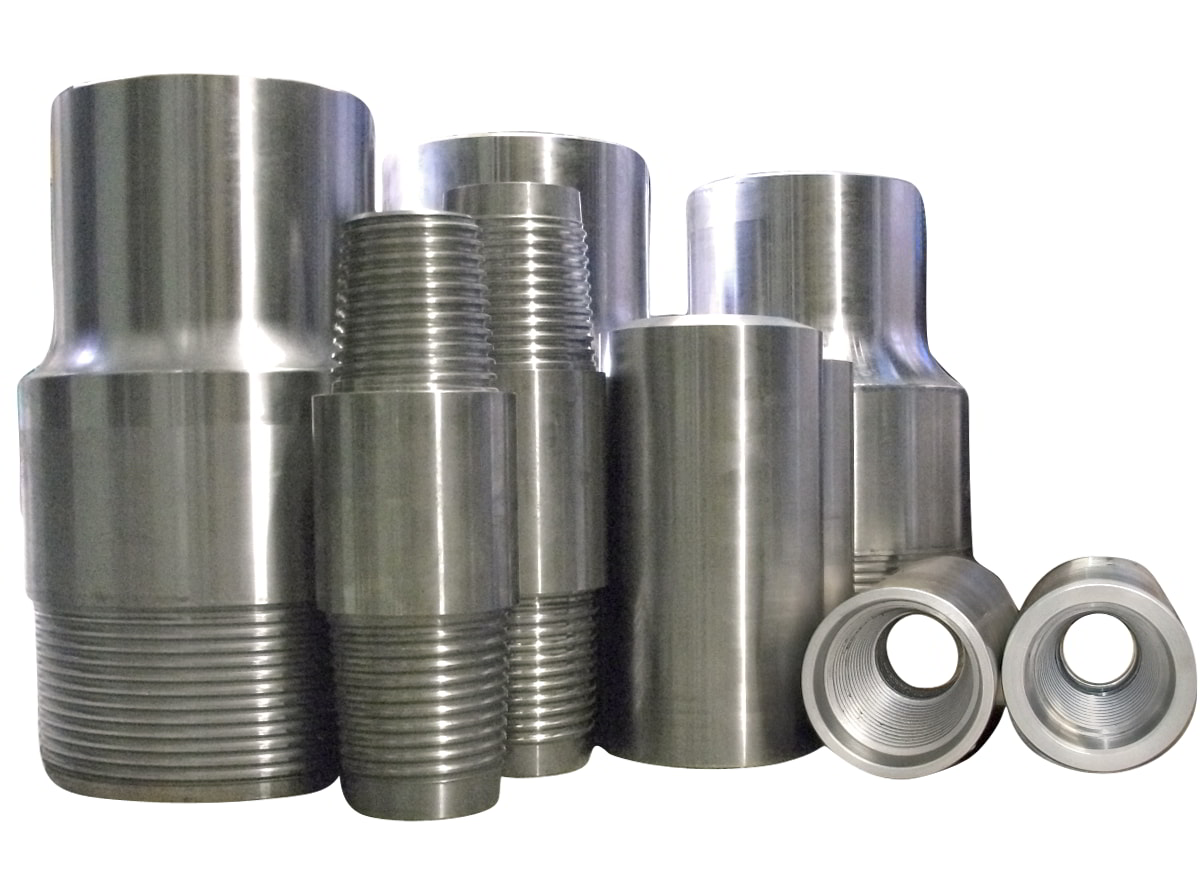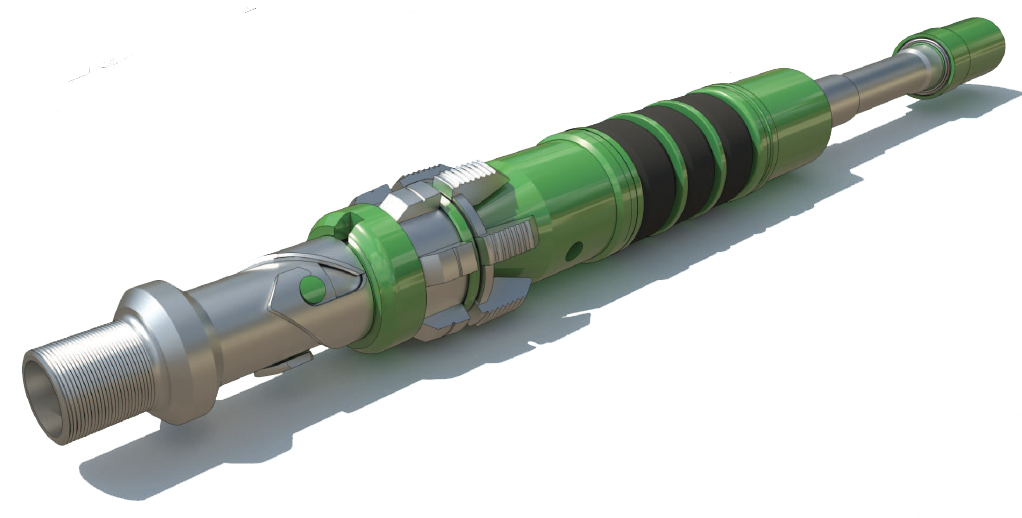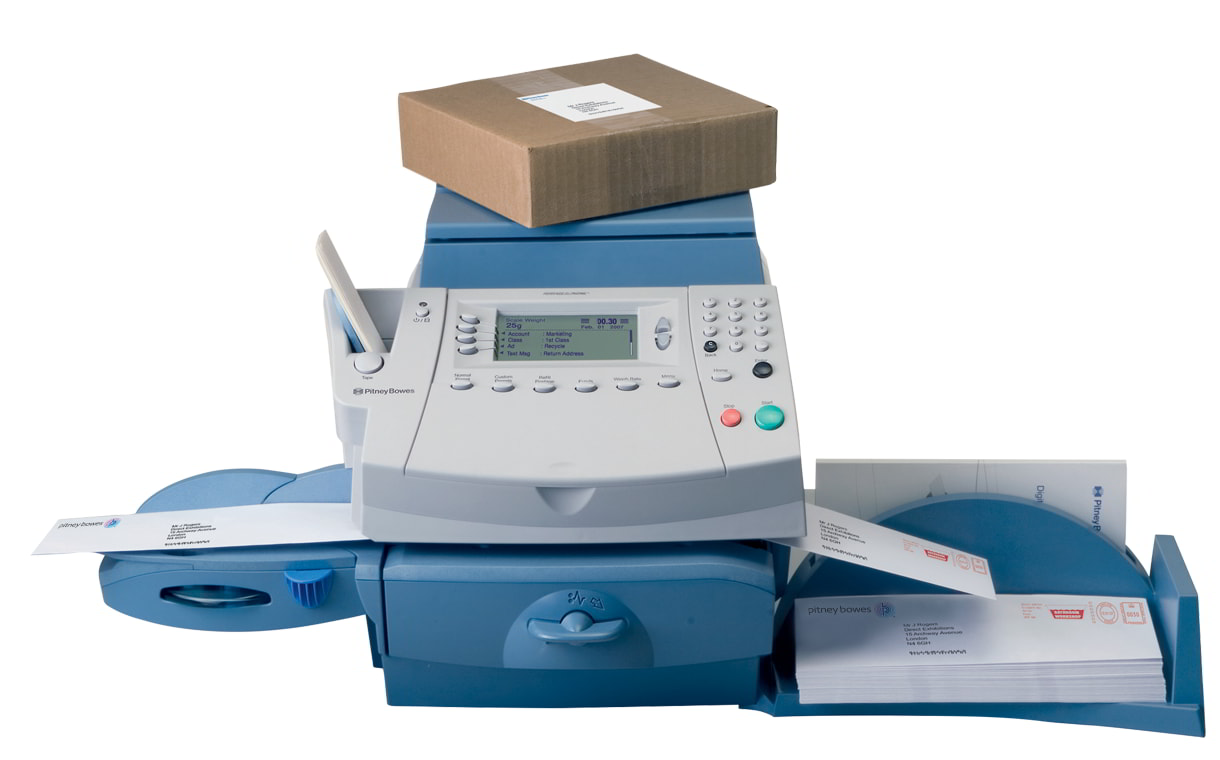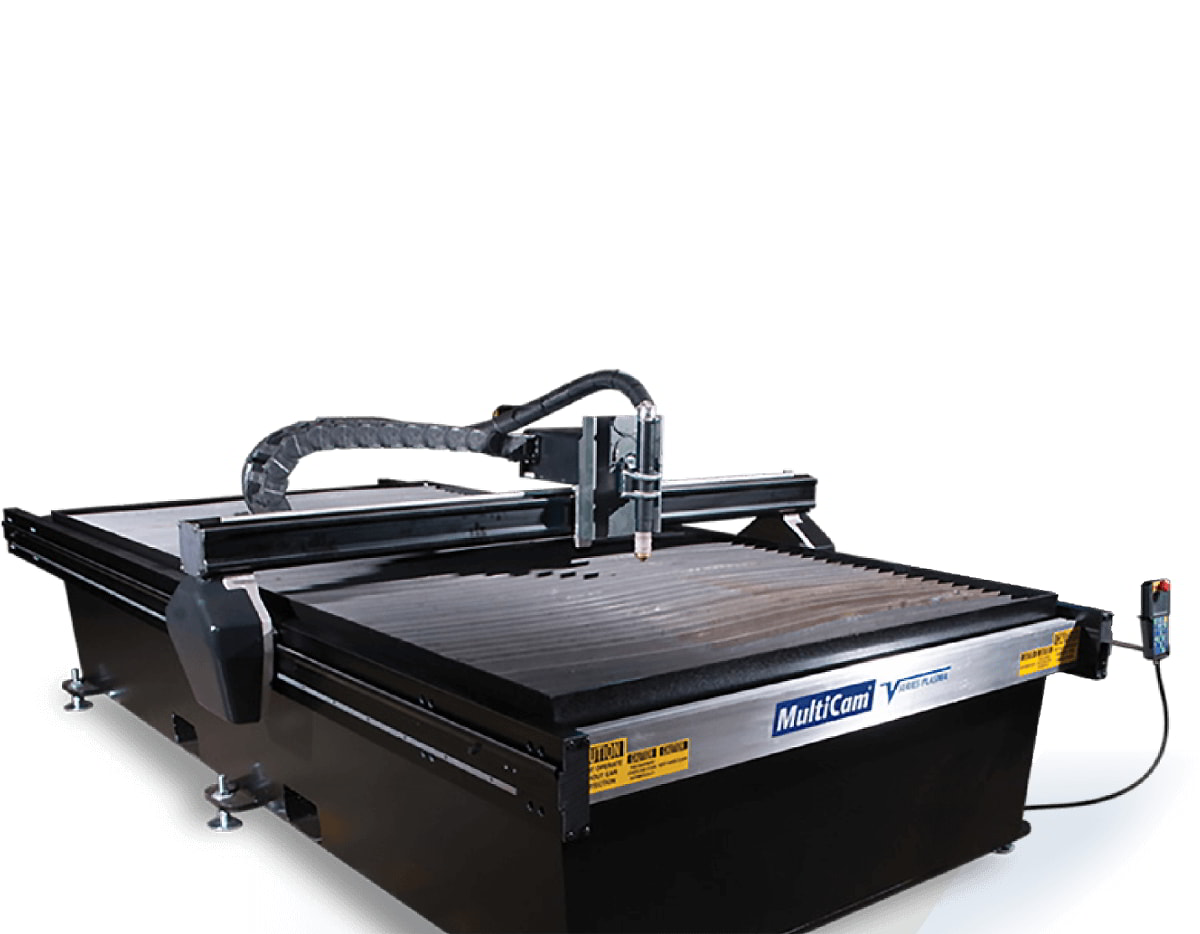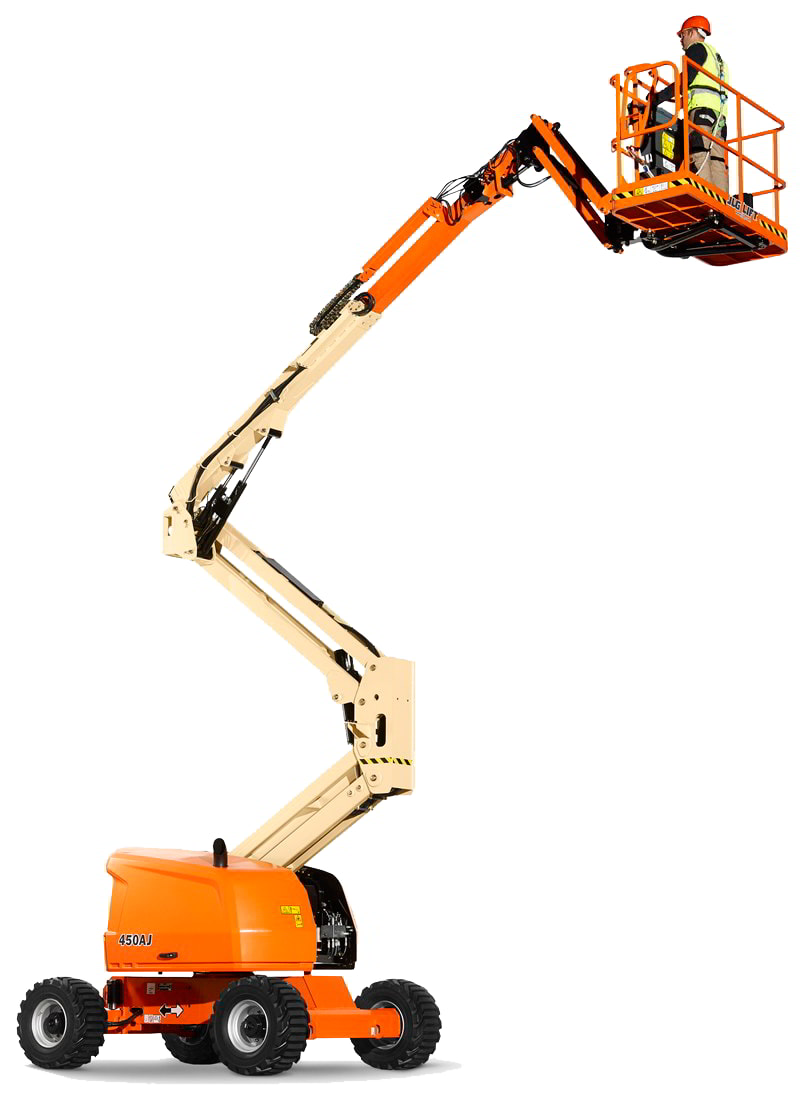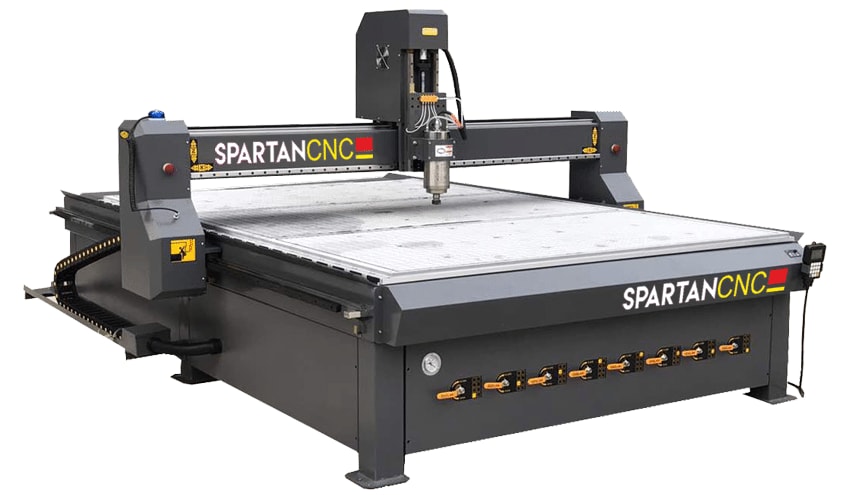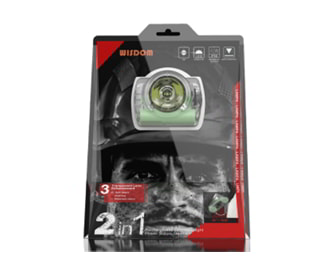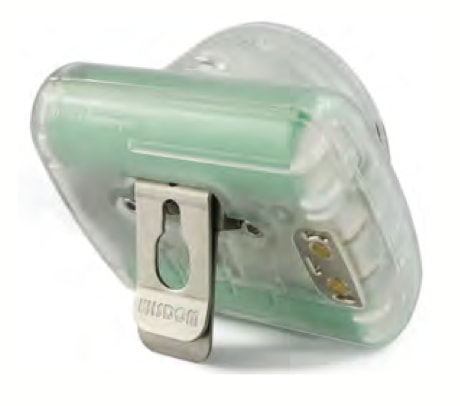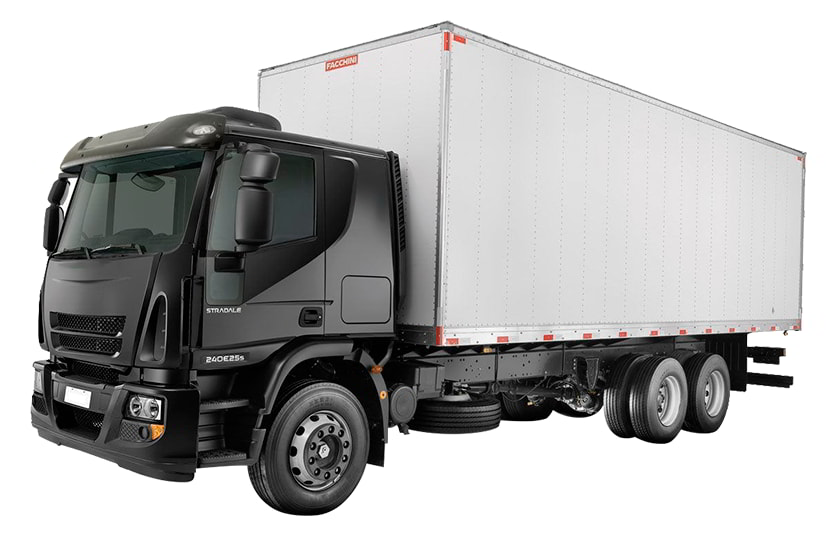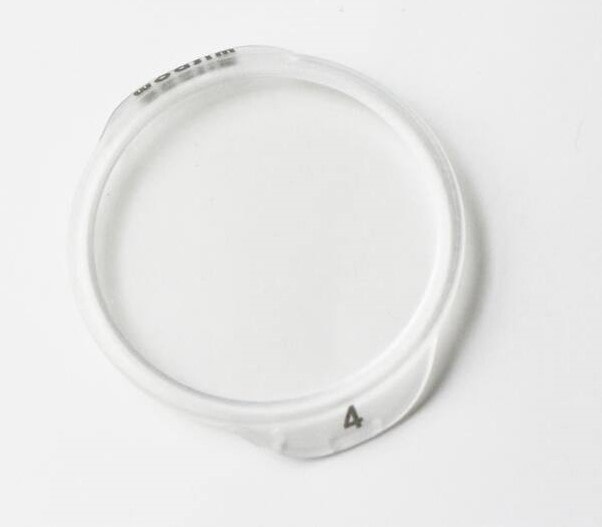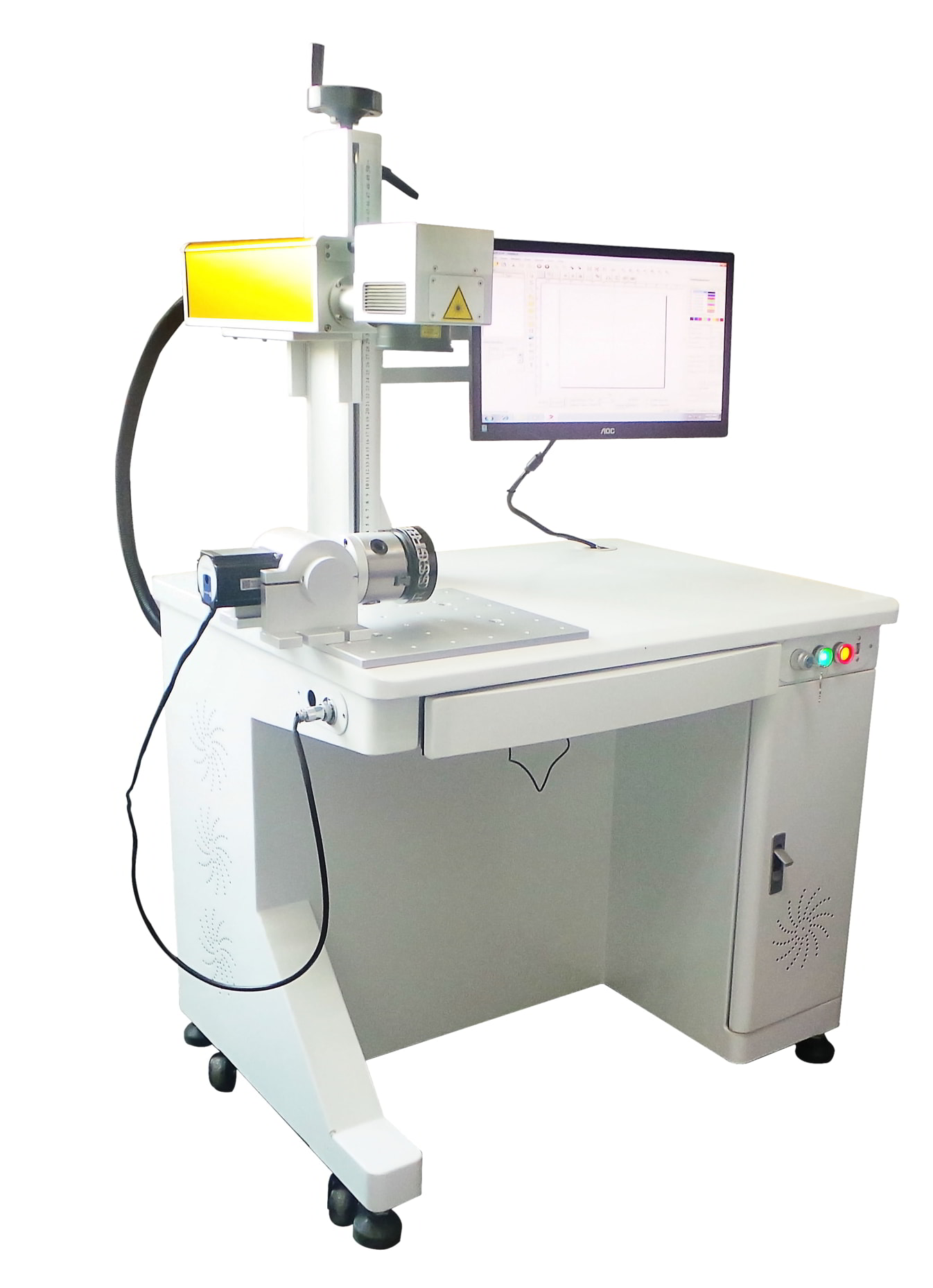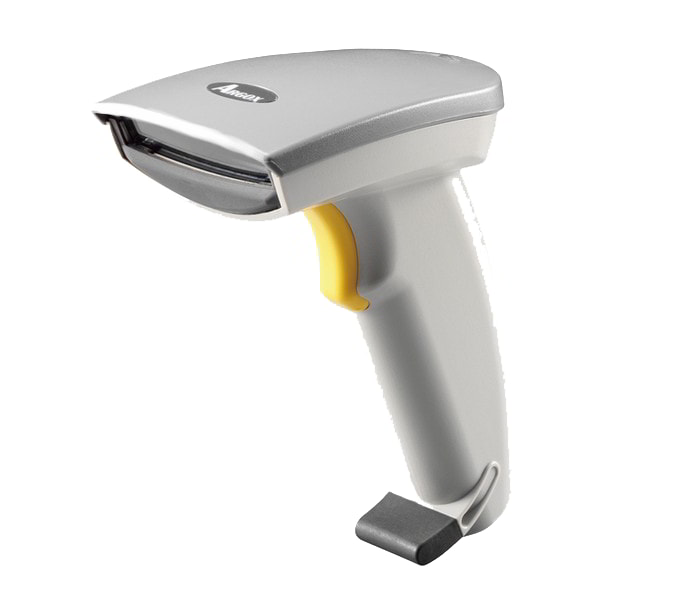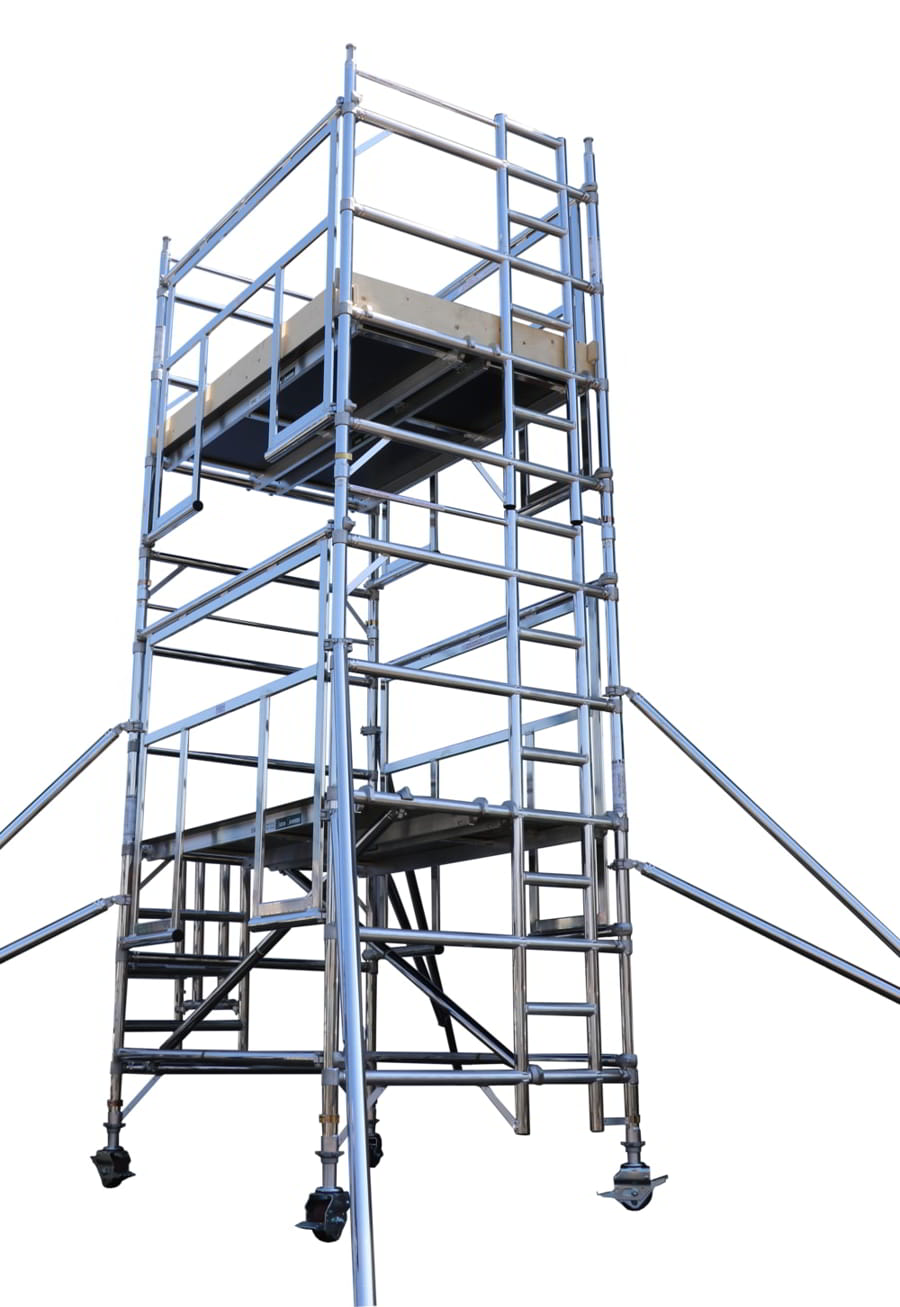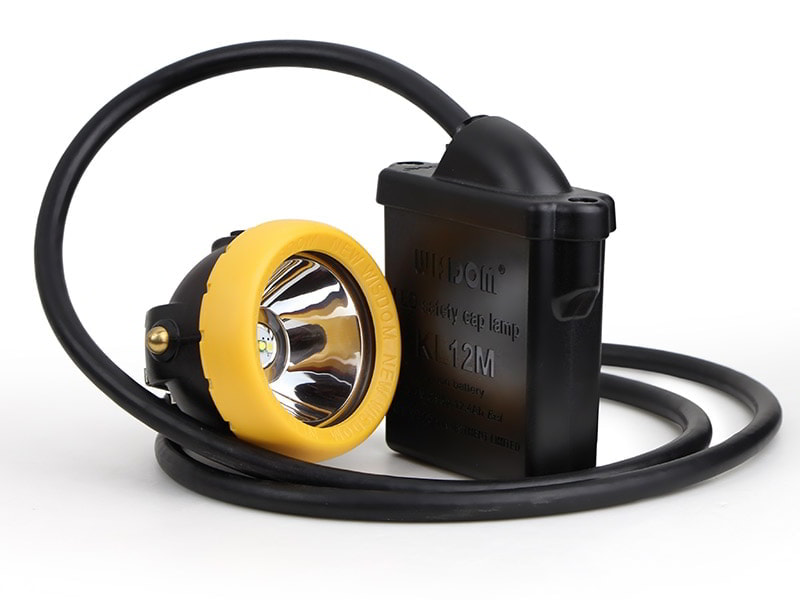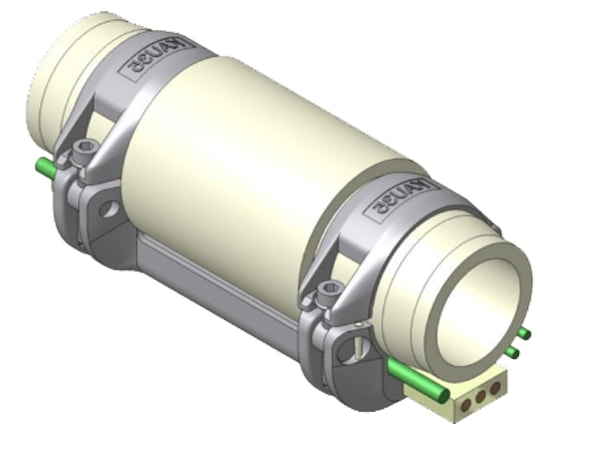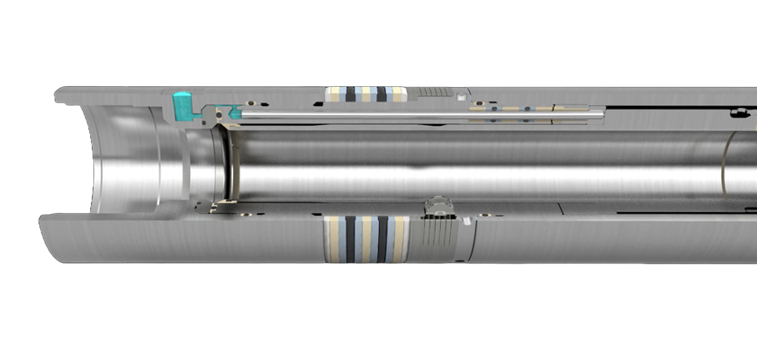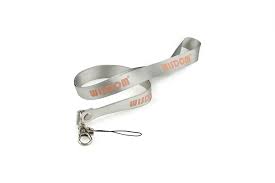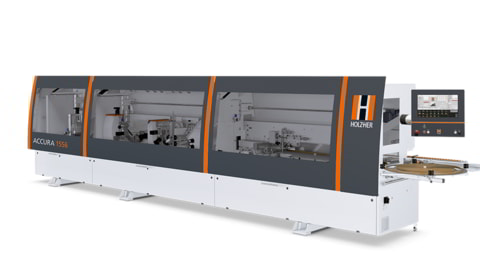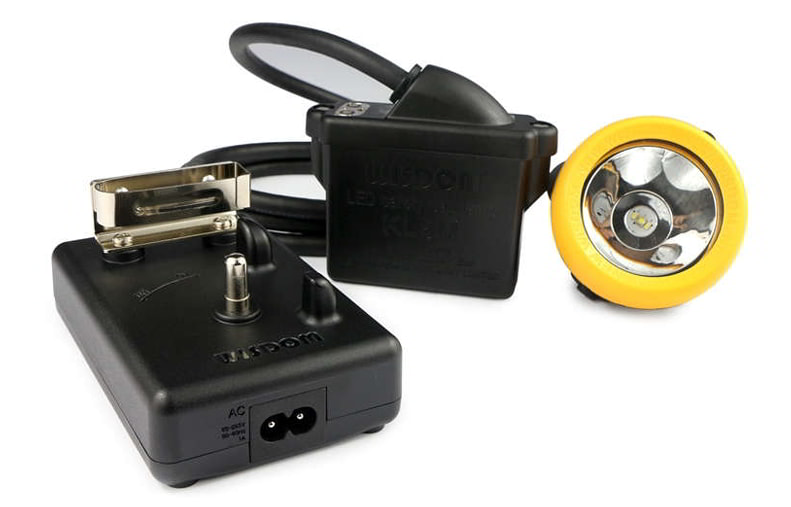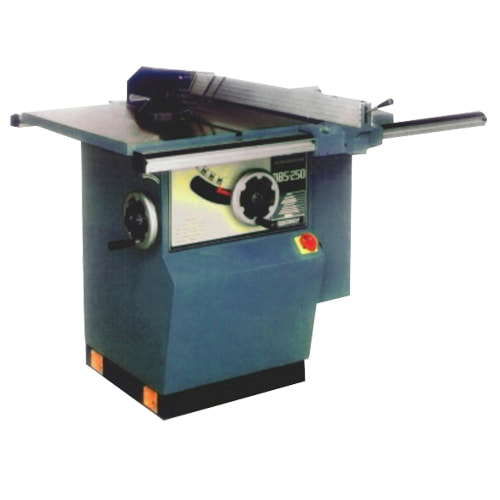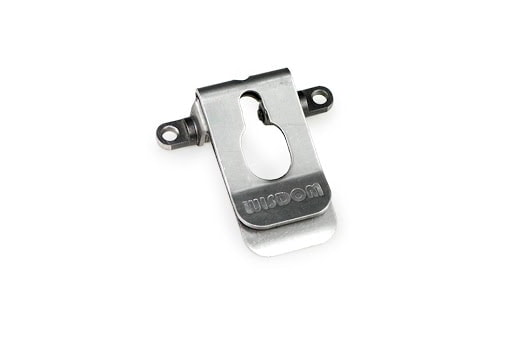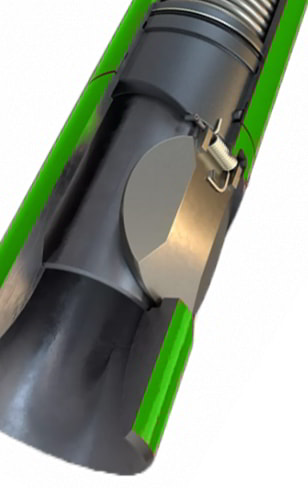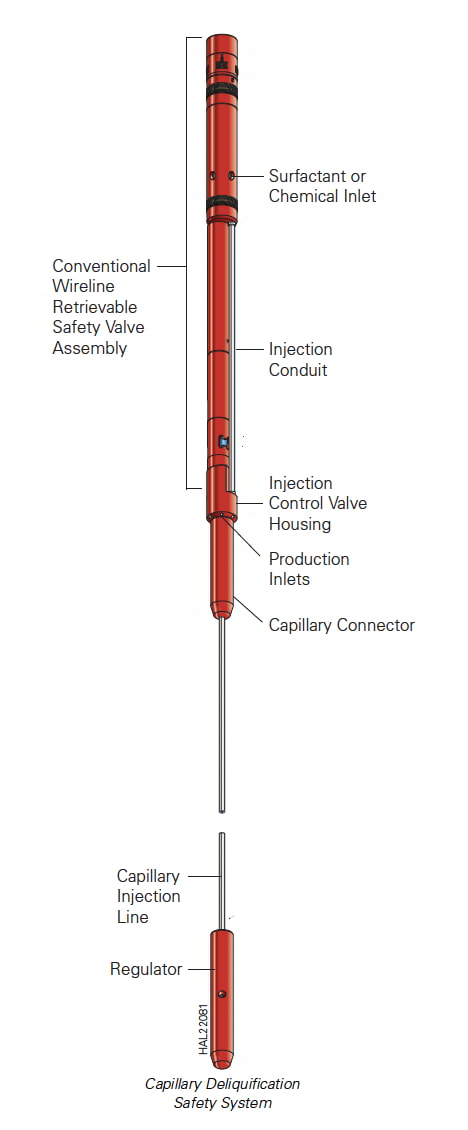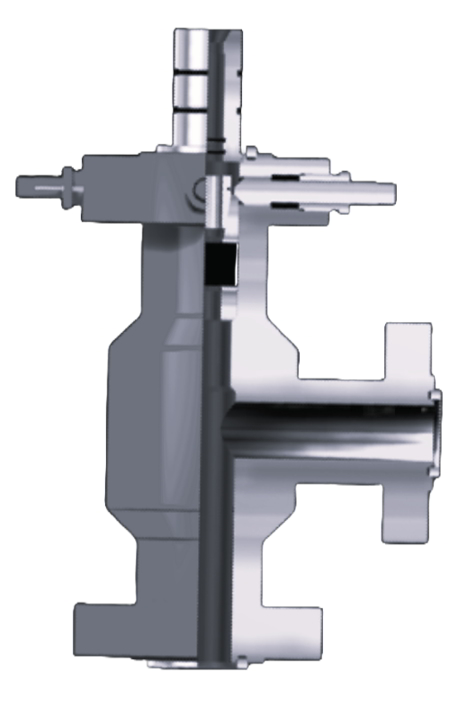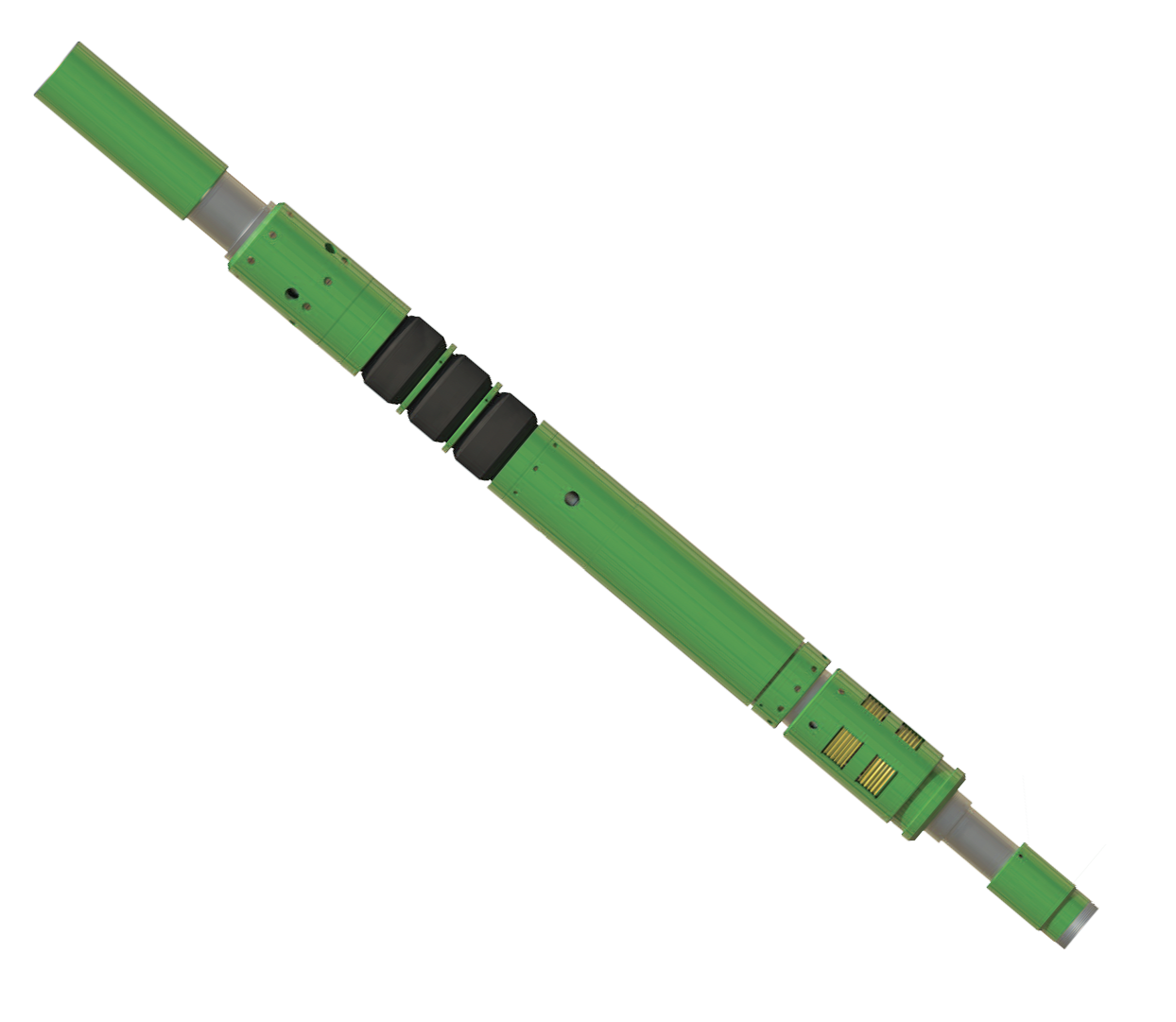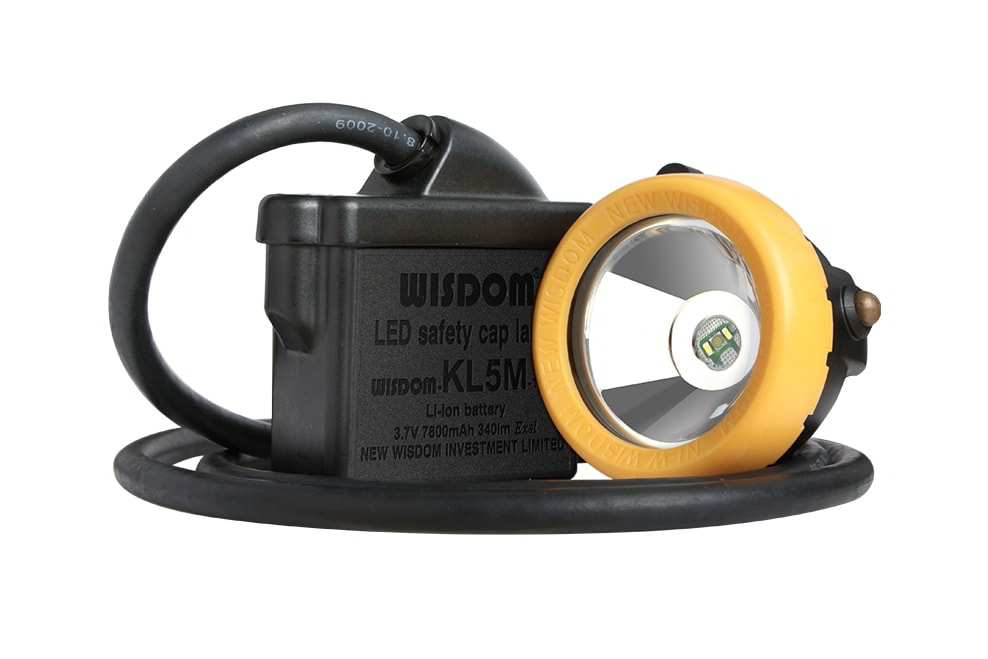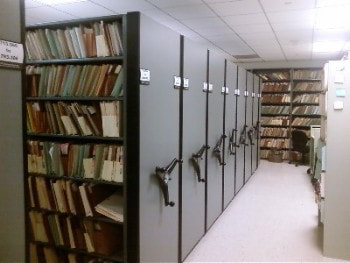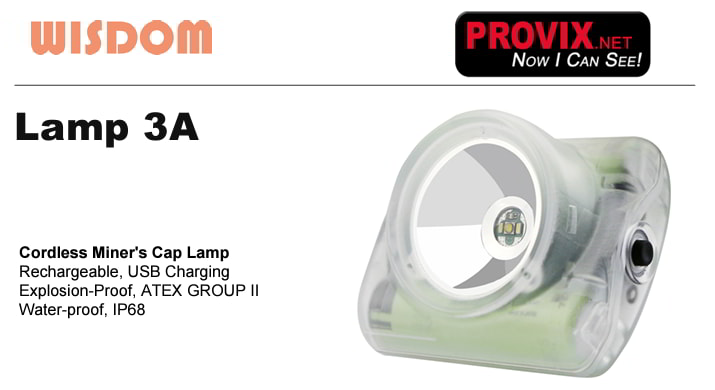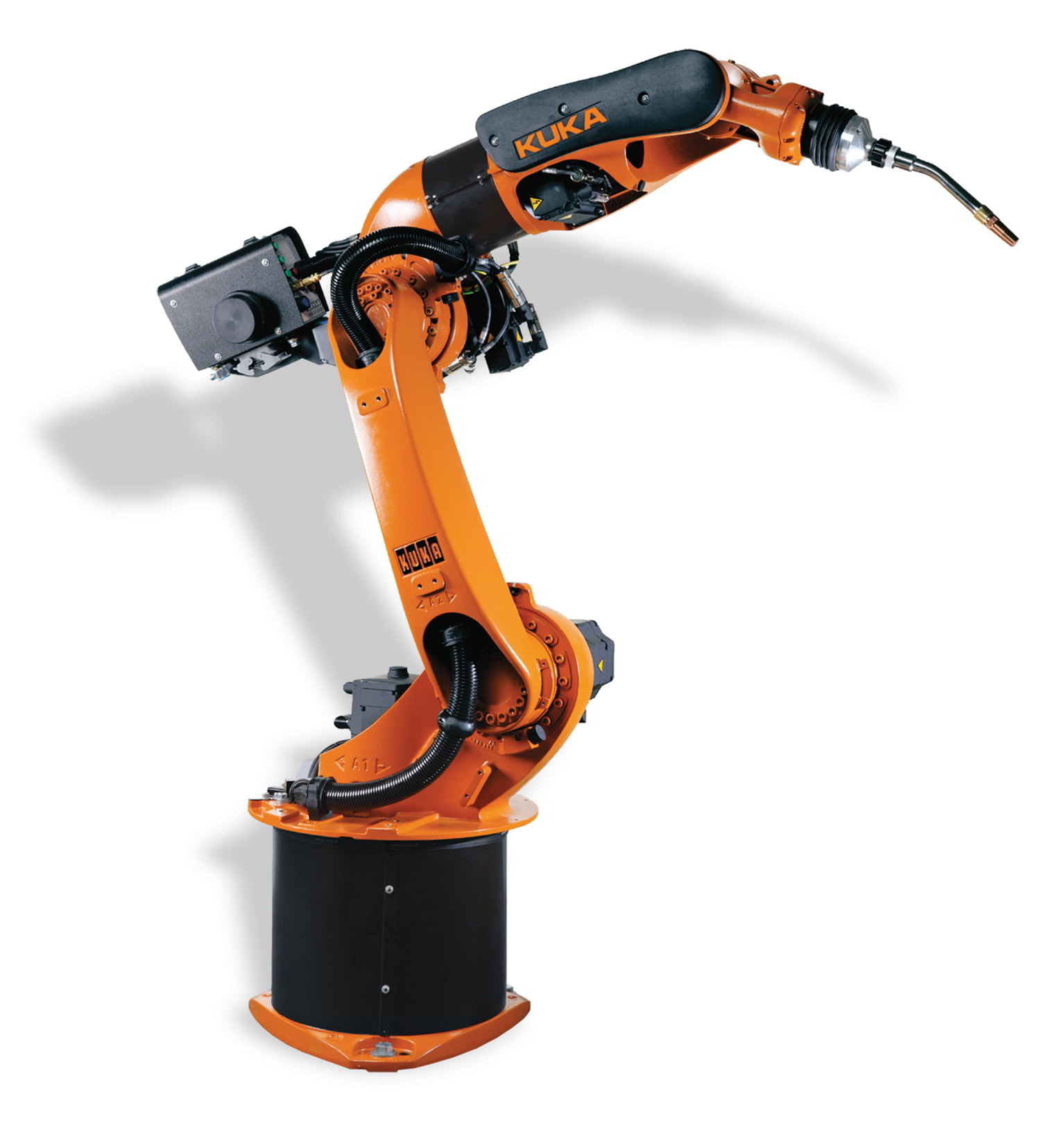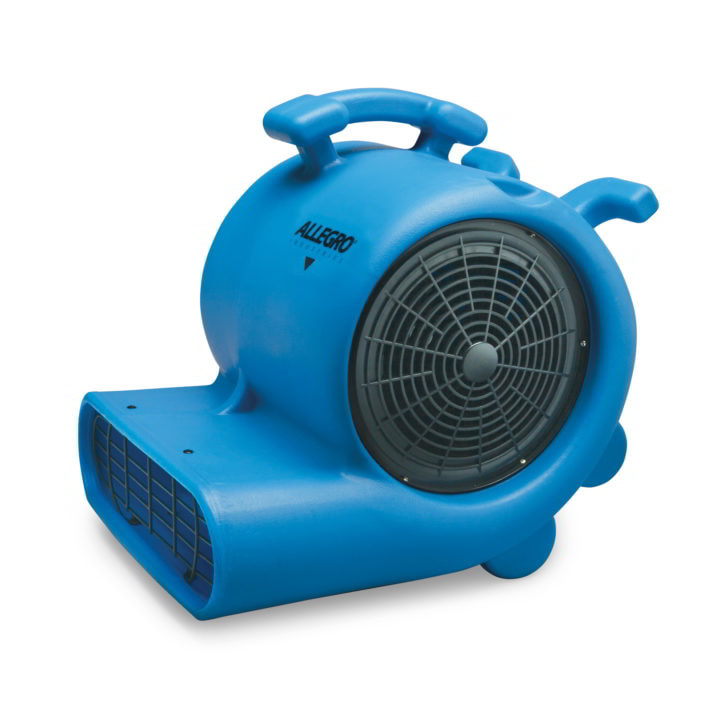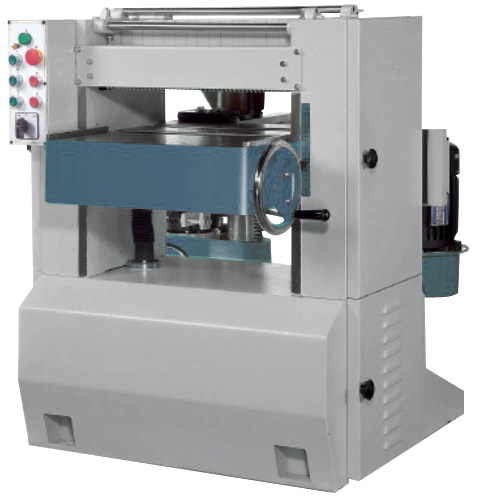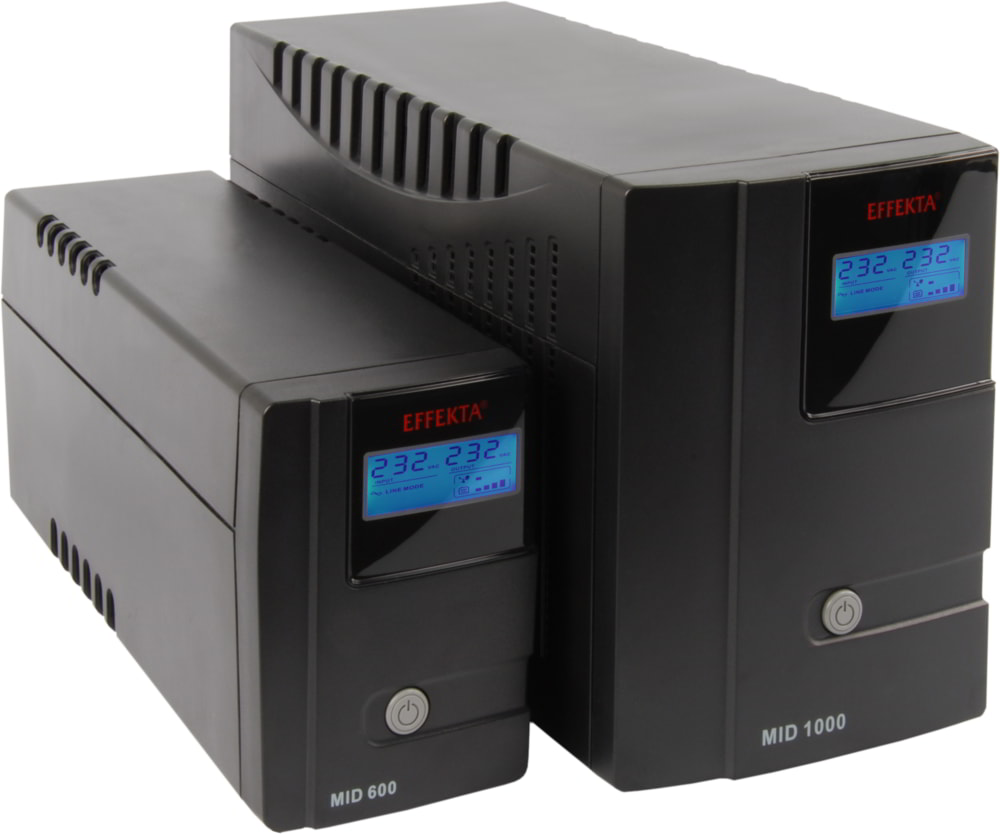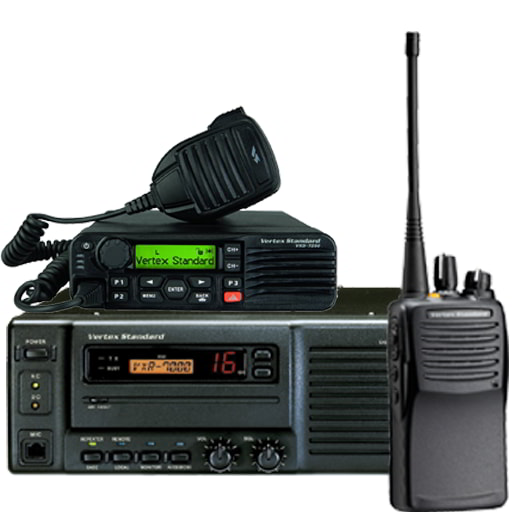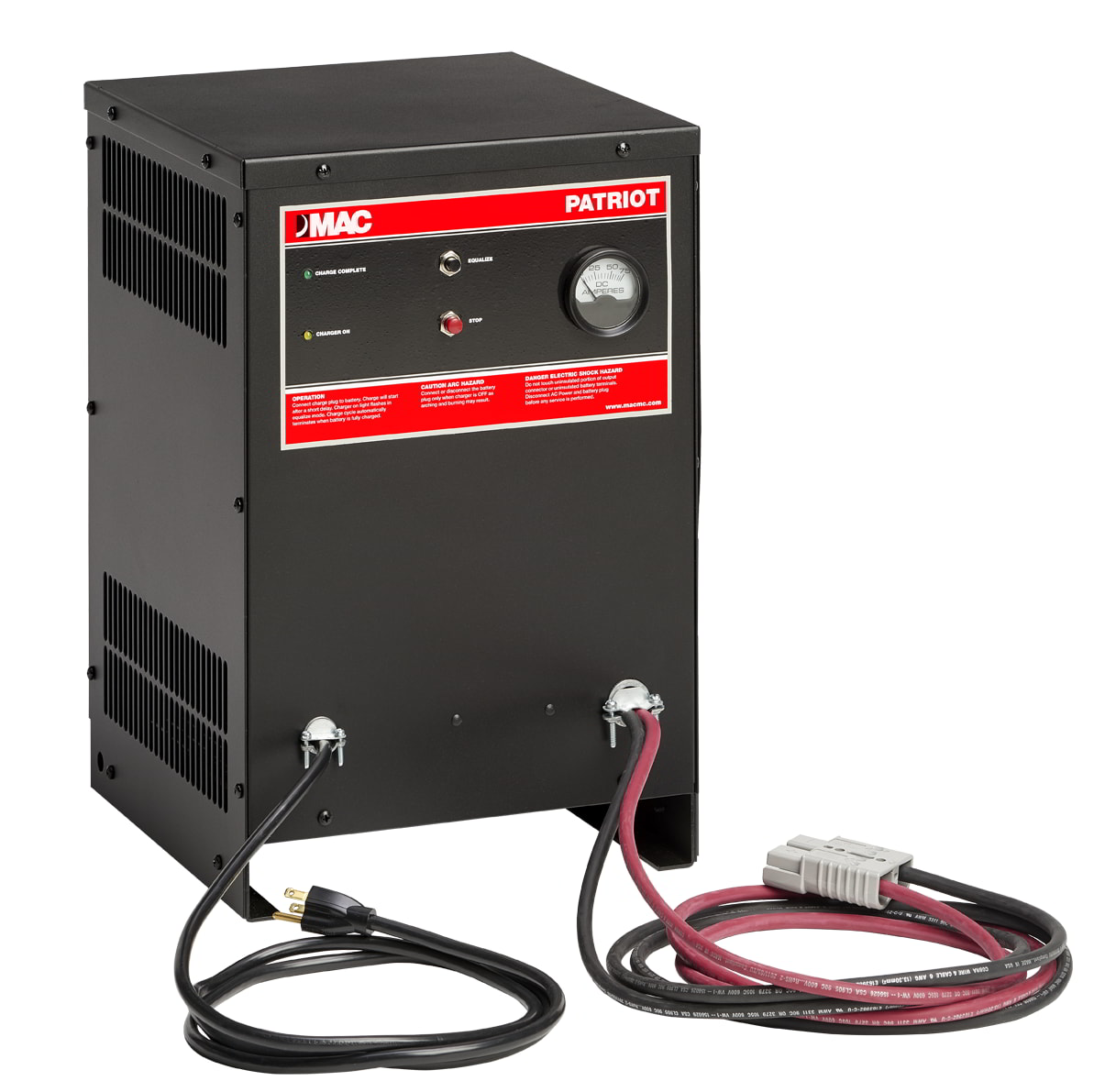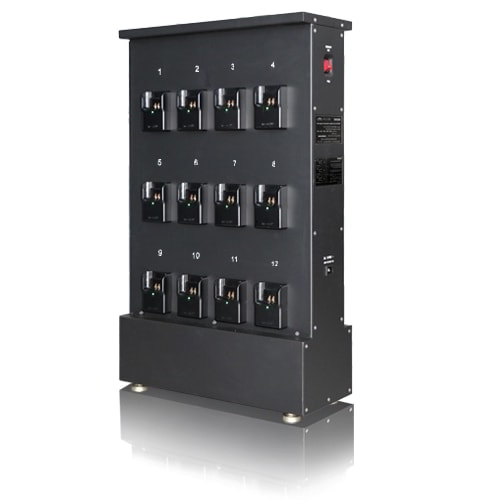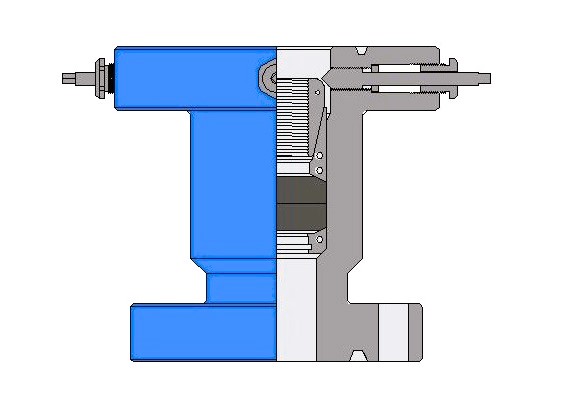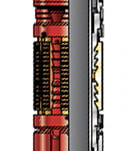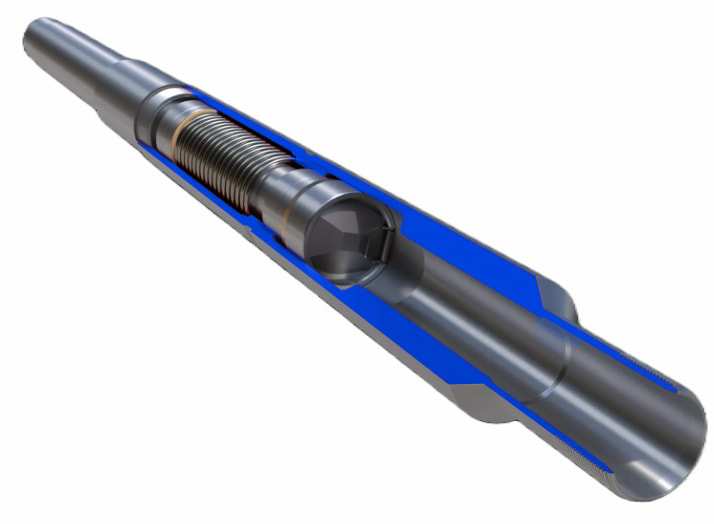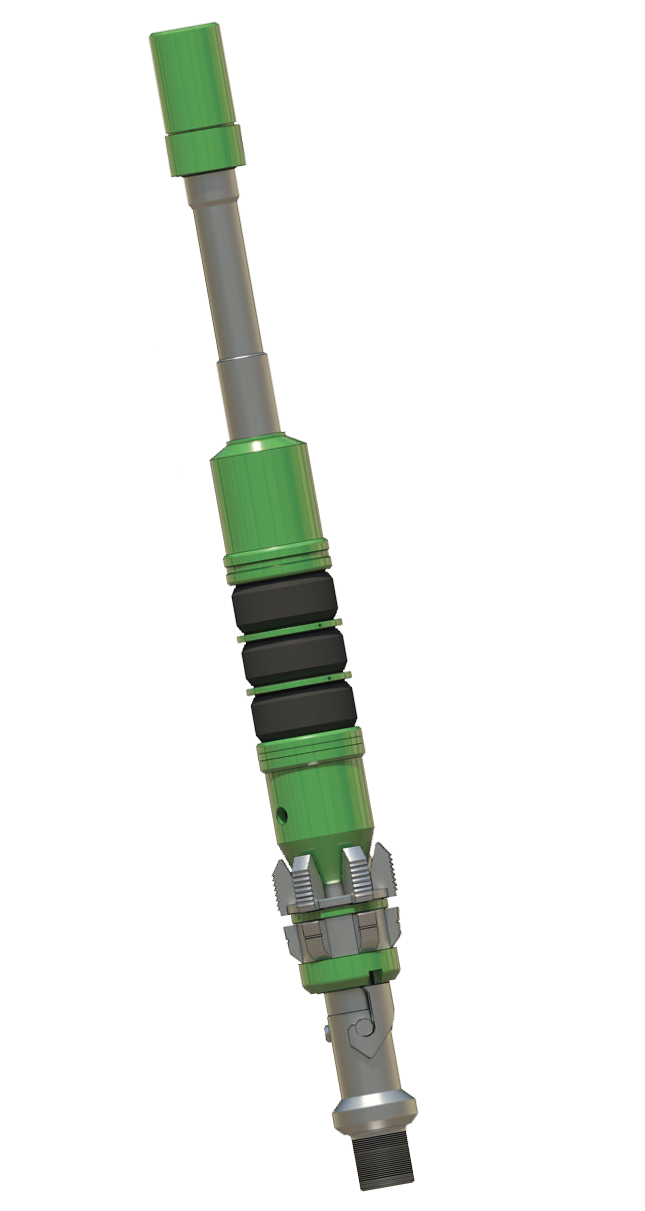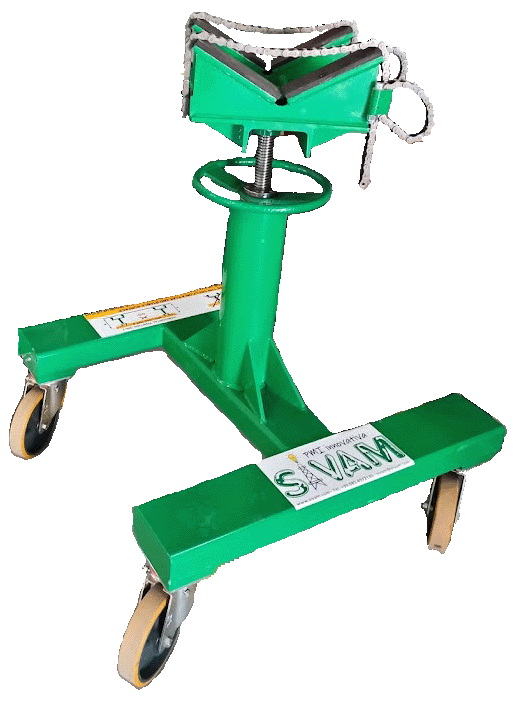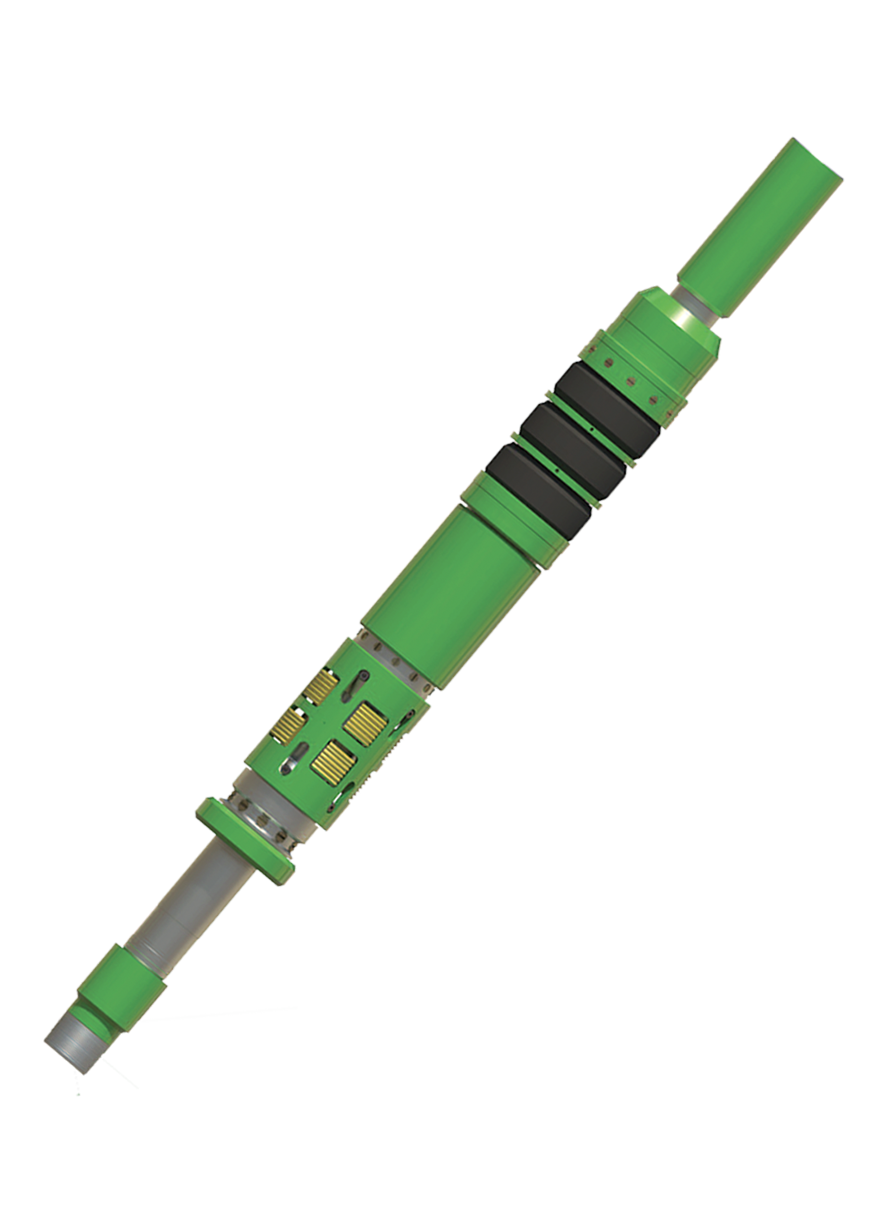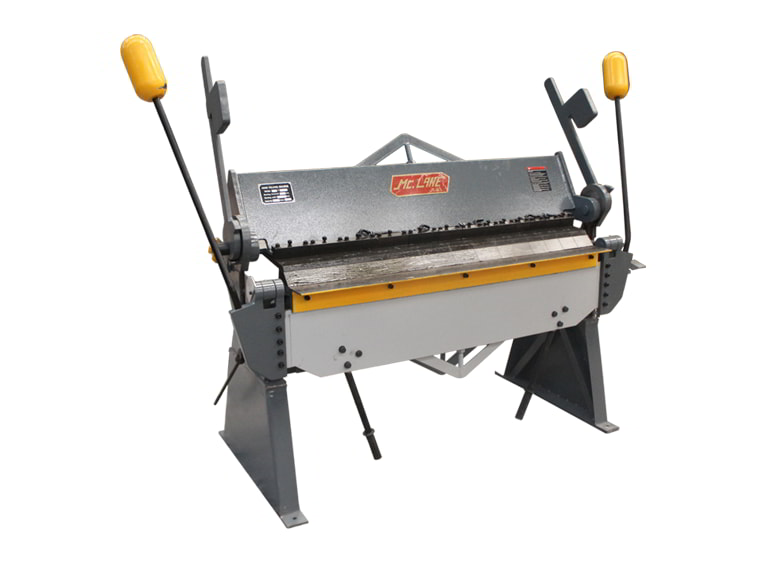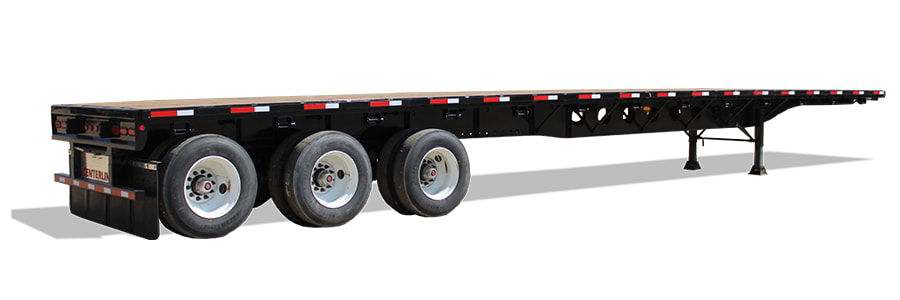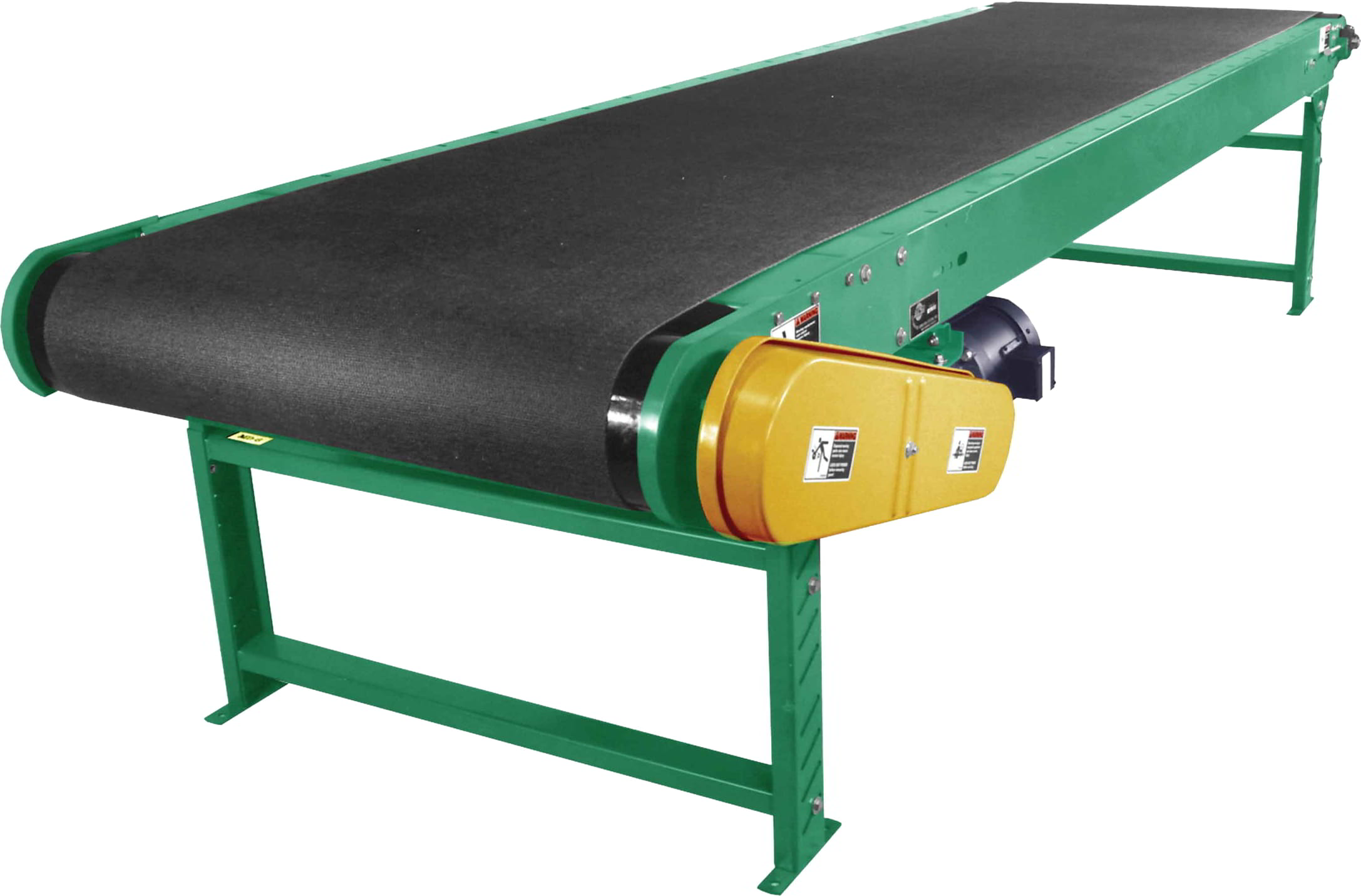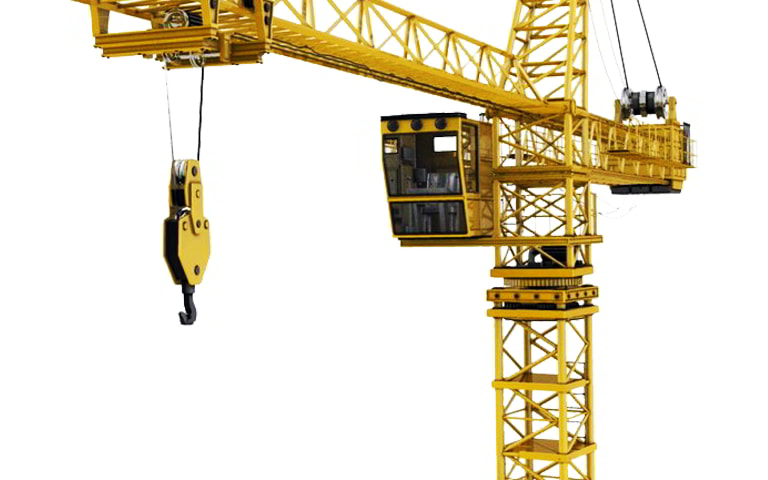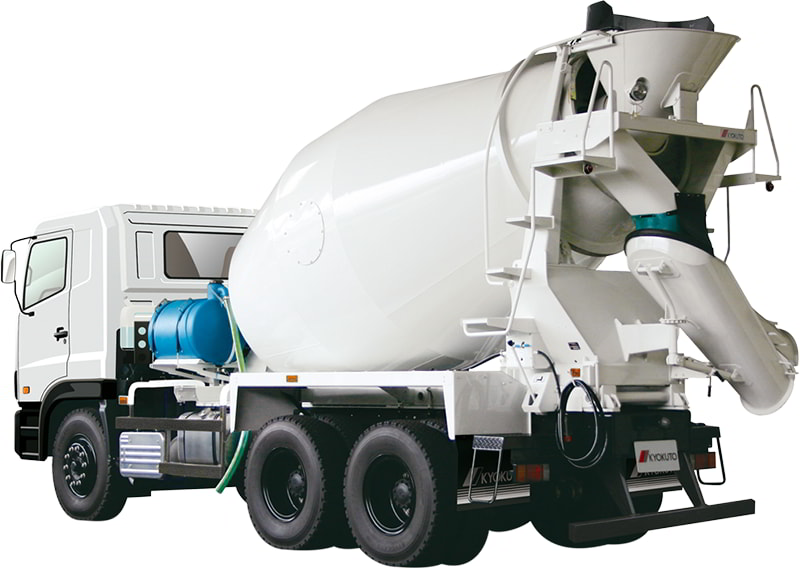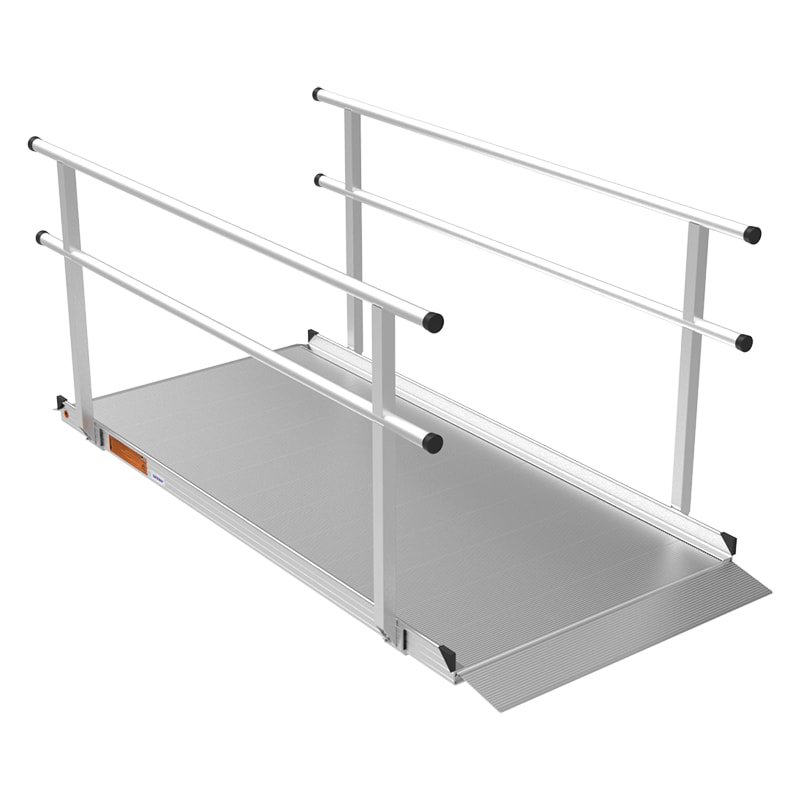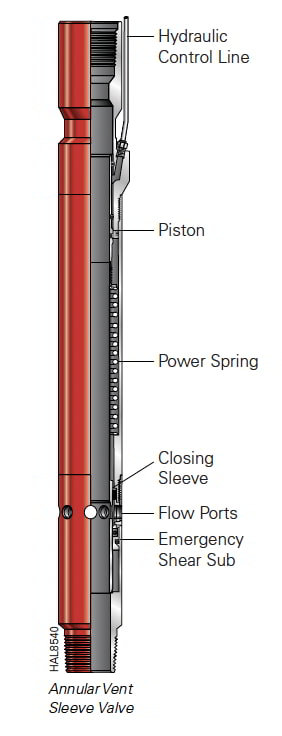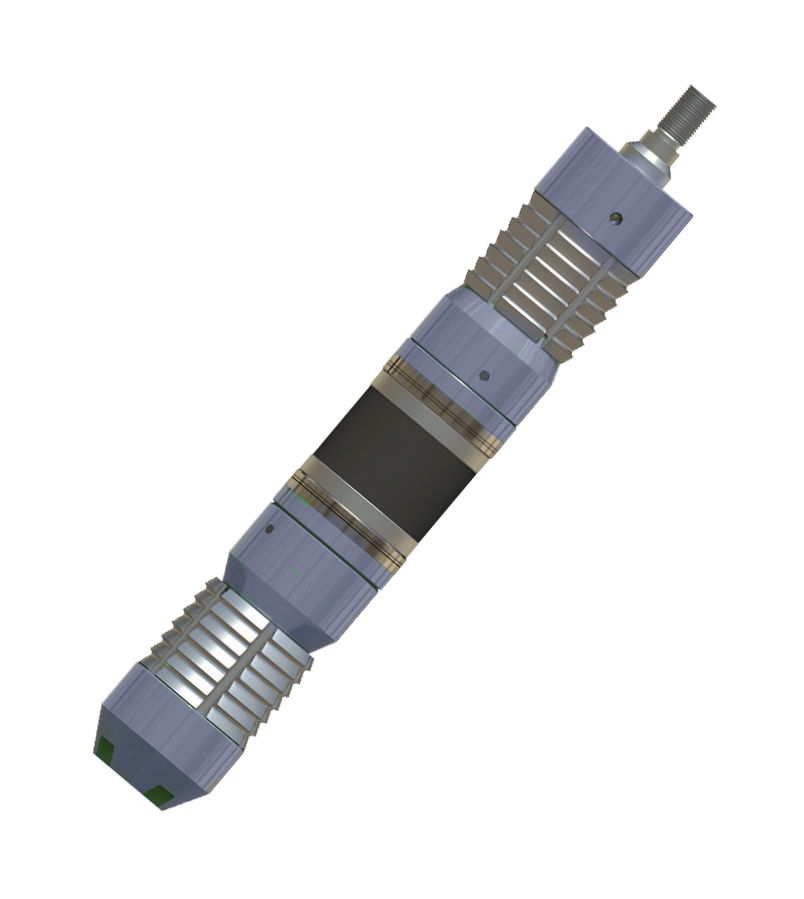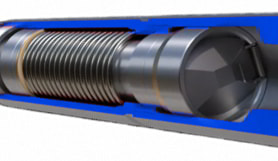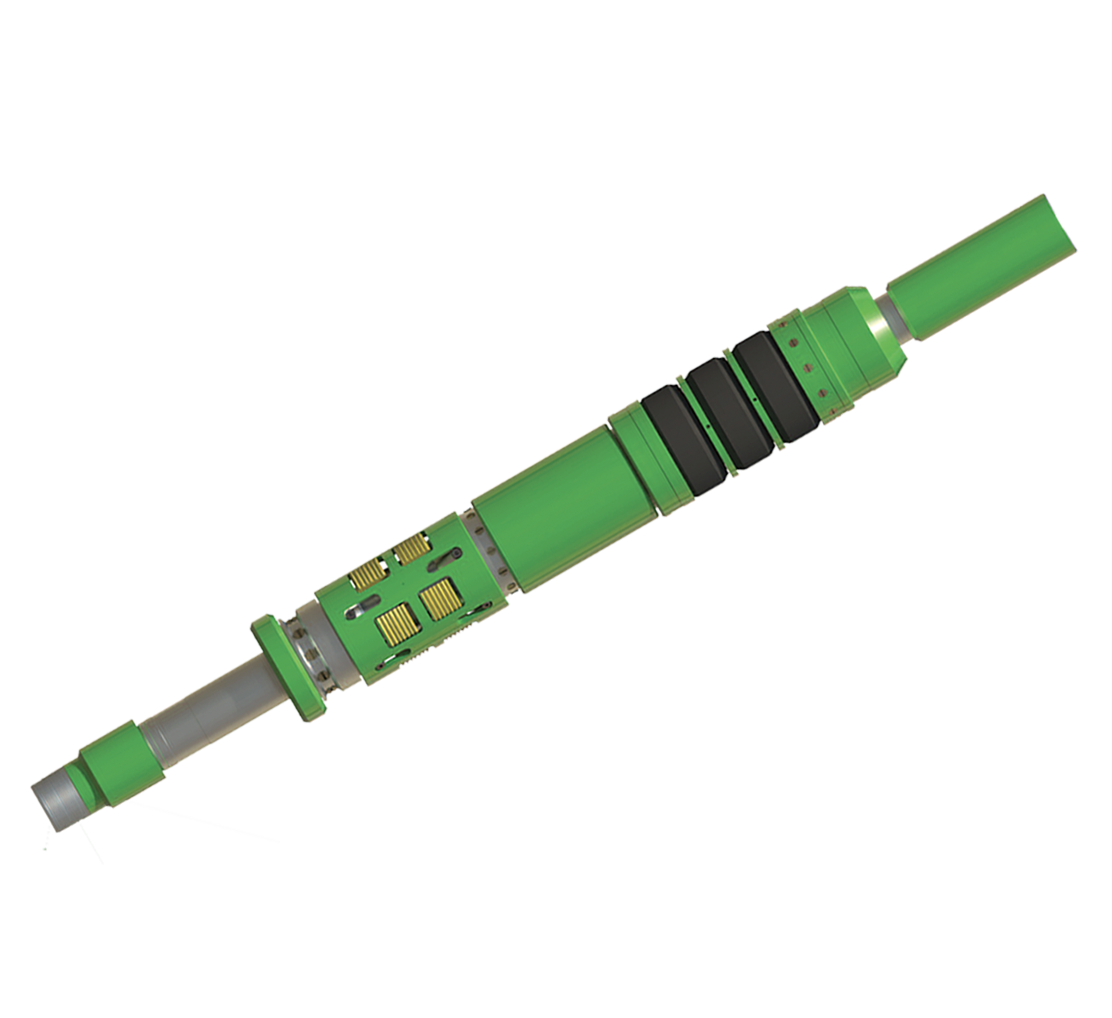2” Tubing End Locator
Tubing End Locator
Also known as:
TEL, Mechanical Tubing End Locator
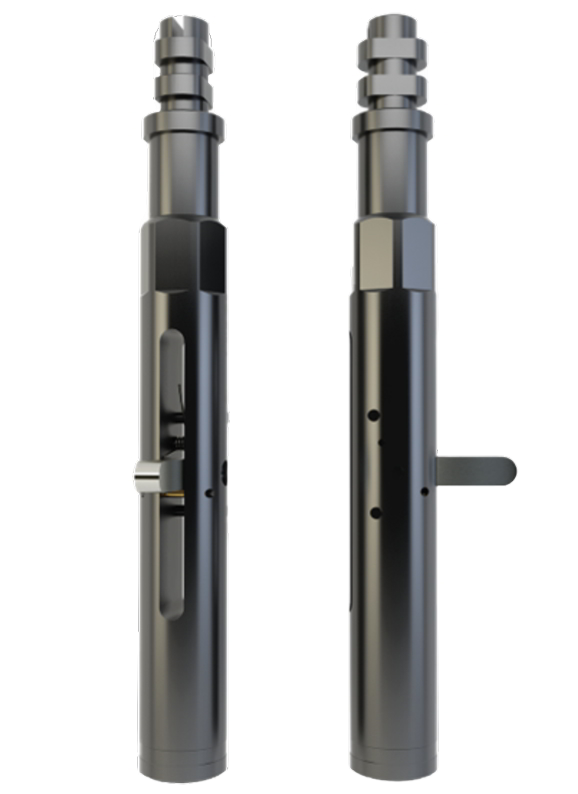
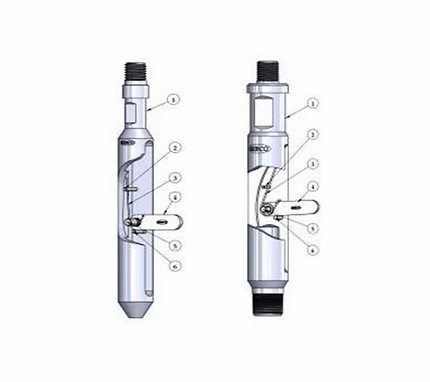

2” Tubing End Locator
Tubing End Locator
Also known as:
TEL, Mechanical Tubing End LocatorBuy
Made to Order
Manufacturer
Price:
Request for QuoteShipping:
Air freightDelivery Time:
4 - 6 WeeksNote:
A 2” Tubing End Locator is a downhole tool used to identify the end of 2-inch tubing during well interventions or completion operations.Sign in
Welcome back
Sign up
Sign-up and make easy contact all providers in the industry.
Let's create your free account
Executive Summary
The 2-inch tubing end locator is a downhole tool designed to precisely identify the bottom or end of production tubing approximately 2 inches in diameter during well intervention operations, ensuring accurate depth measurement and improved operational control.
Featuring a spring-loaded finger mechanism tailored for tubing sizes from 2 to 2½ inches, this tool reliably engages the tubing end with a maximum outside diameter optimized for proper fit and ease of retrieval. Standardized top and bottom threaded connections allow seamless integration with other downhole tools, facilitating versatile deployment in various well conditions.
By delivering precise tubing end detection for 2-inch tubing, this locator enhances safety, reduces intervention time, and improves the accuracy of downhole measurements—enabling more efficient well management and minimizing operational risks.
Technical Specifications
| Size | 2” |
| Max O.D. | 1.750” |
| F/N O.D. | 1.375” |
| Top Conn. Pin | 15/16 - 10 UN |
| Bottom Conn. Box | 1 - 11.1/2 NPT |
| Part No. | 421721 |
| Material | Alloy steel |
| Compliance | API |
| Operating Tubing Size | 2” to 2½” |
| Tool Function | Locates the end of production tubing. |
Features and Benefits
- Spring-loaded finger mechanism.
- Mechanical depth verification.
- Allows smooth entry into small-diameter tubing without obstruction.
- Provides a mechanical signal when the tubing end is reached, improving accuracy.
- Enables retrieval using standard pulling tools.
Print or Share
Do you need information for the team or a client? Download these page to add your dossier.
Send an email with the link to this page. It's a great way to share information.
Detailed Description
The 2” Tubing End Locator is a mechanical downhole tool used to determine the physical end of production tubing during well intervention or maintenance activities. It is a critical component in operations where it is necessary to confirm tubing length or avoid tool deployment beyond the tubing’s bottom, such as during setting packers, logging, or fishing operations.
In a typical well setup, production tubing does not always terminate at a predictable or recorded depth. The tubing end locator provides a reliable way to identify the true end of the tubing string by using a spring-loaded finger mechanism that reacts upon reaching the tubing’s bottom. This reaction is detectable at the surface, providing the operator with a clear and immediate indication without relying solely on depth readings or assumptions.
This specific model is intended for tubing sizes ranging from 2" to 2-1/2" outer diameter. It is designed with a maximum tool O.D. of 1.750", which ensures clearance inside the tubing, and includes a 1.375" fishing neck, a standardized feature that allows the tool to be retrieved if necessary using conventional pulling tools.
Threading is provided on both ends for integration into tool strings: a 15/16 - 10 UN pin connection on top and a 1 - 11.1/2 NPT box connection at the bottom. This allows the locator to be run inline with other mechanical or wireline-conveyed tools. These standard thread forms ensure compatibility with widely used downhole equipment and deployment systems.
Constructed from high-strength alloy steel, the tool is designed to withstand the mechanical stress, temperature variations, and chemical exposure typical in oil and gas well environments. While not a pressure-control device, its materials and design are selected to perform reliably under downhole pressure conditions encountered during standard intervention work.
The 2” Tubing End Locator provides a mechanical means of depth verification that does not rely on electronics, sensors, or depth counters. It is a simple, durable, and effective tool for reducing uncertainty and improving operational safety in the wellbore.
Engineering Data
